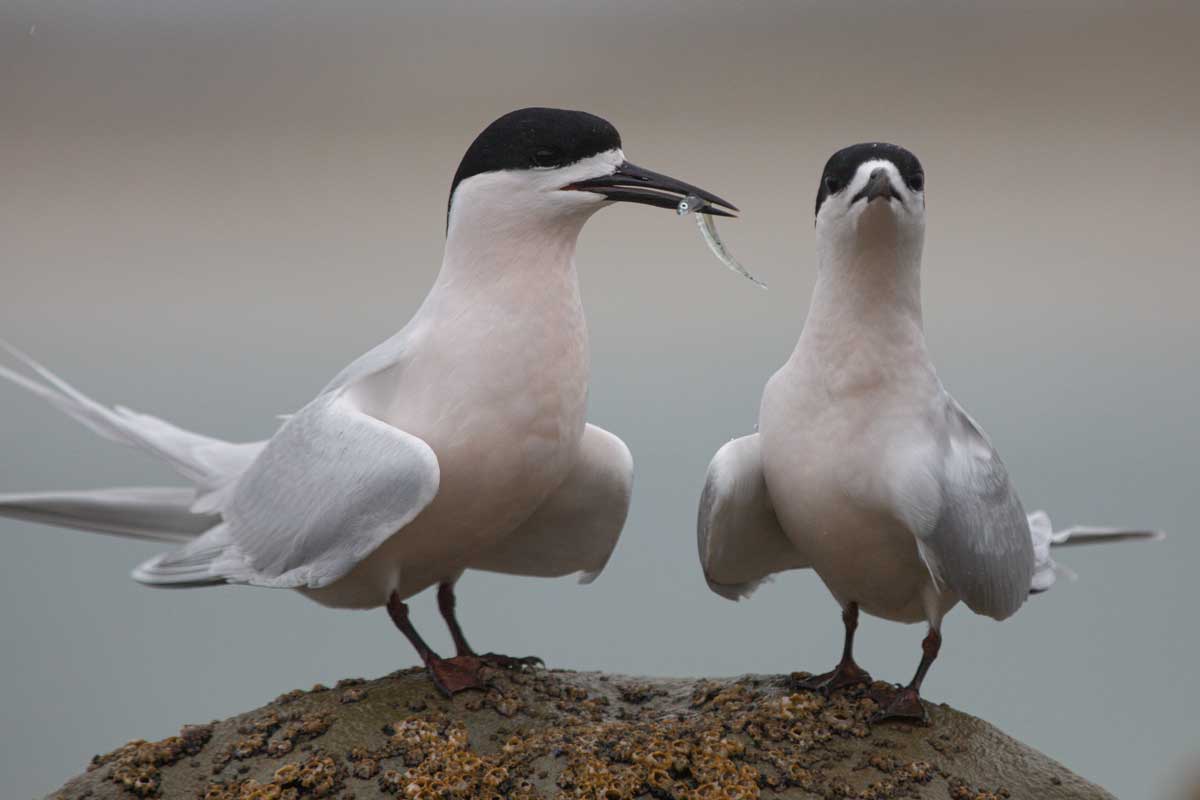
The Gulf’s Complex Web: Politicians fumble at netting simple solutions
Matt Rayner explains that allowing some fishing in proposed High Protection Areas overlooks the complex interdependencies in Gulf ecosystems.
... READ FEATURE
Matt Rayner explains that allowing some fishing in proposed High Protection Areas overlooks the complex interdependencies in Gulf ecosystems.
... READ FEATURE
The Hauraki Gulf Forum commissioned this report on the potential impacts of exotic Caulerpa
... READ FEATURE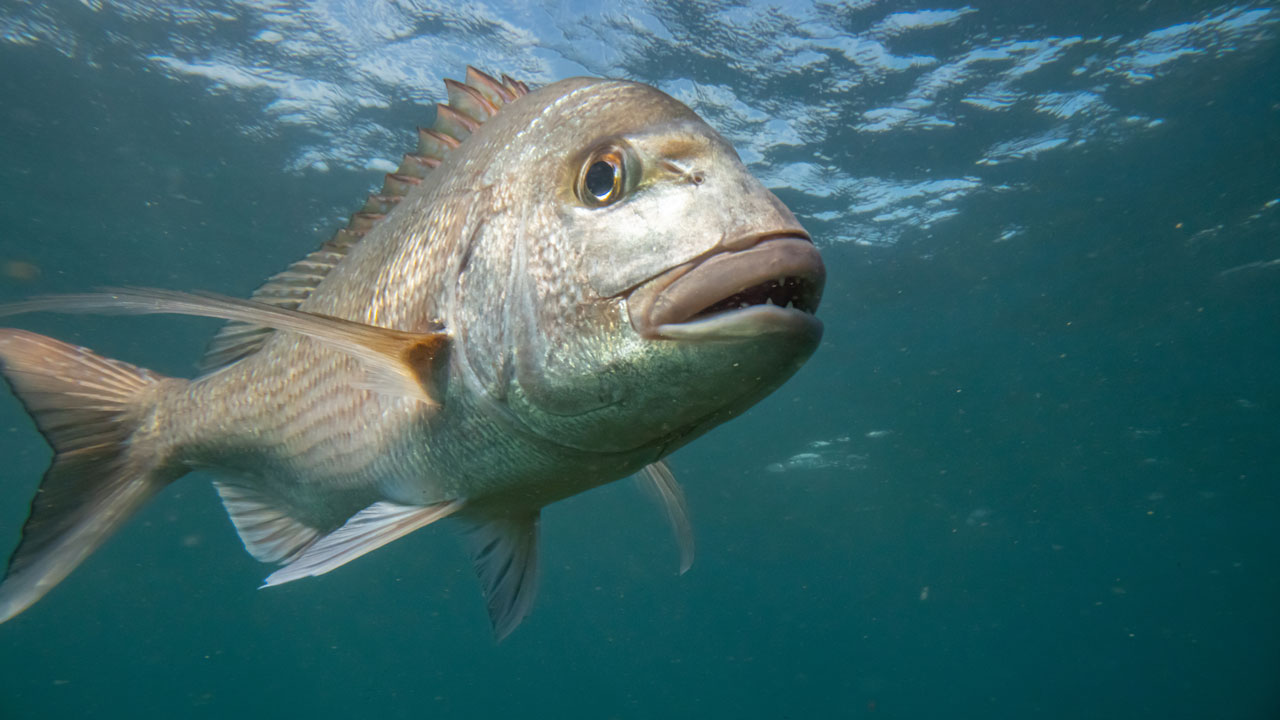
A major argument against the proposed increase in marine protection in the Hauraki Gulf is that it will simply increase pressure and drive fish stocks down in the surrounding areas. Available data and published literature provides strong evidence that these concerns regarding “displaced fishing effort” are likely overstated.
... READ FEATURE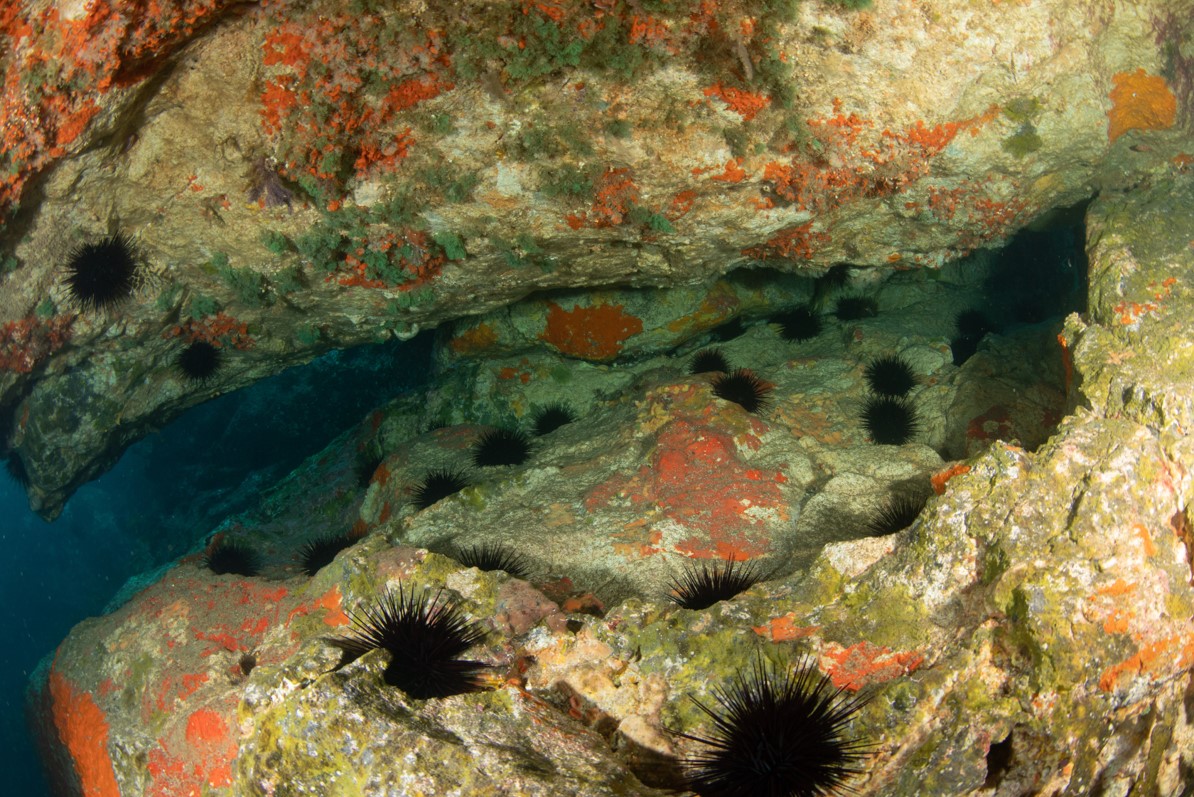
Record-Breaking Year Over the course of 2022 the Hauraki Gulf, […]
... READ FEATURE
The most intimidating looking urchin in NZ has to be the long-spined sea urchin; Centrostephanus rodgersii. Its perceived threat however, is caused by much more than its appearance.
... READ FEATURE
Long term monitoring data provides insight into declining crayfish numbers in the Hauraki Gulf marine reserves.
... READ FEATURE
In the Hauraki Gulf, Tīkapa Moana Te Moananui-ā-Toi, the collective […]
... READ FEATURE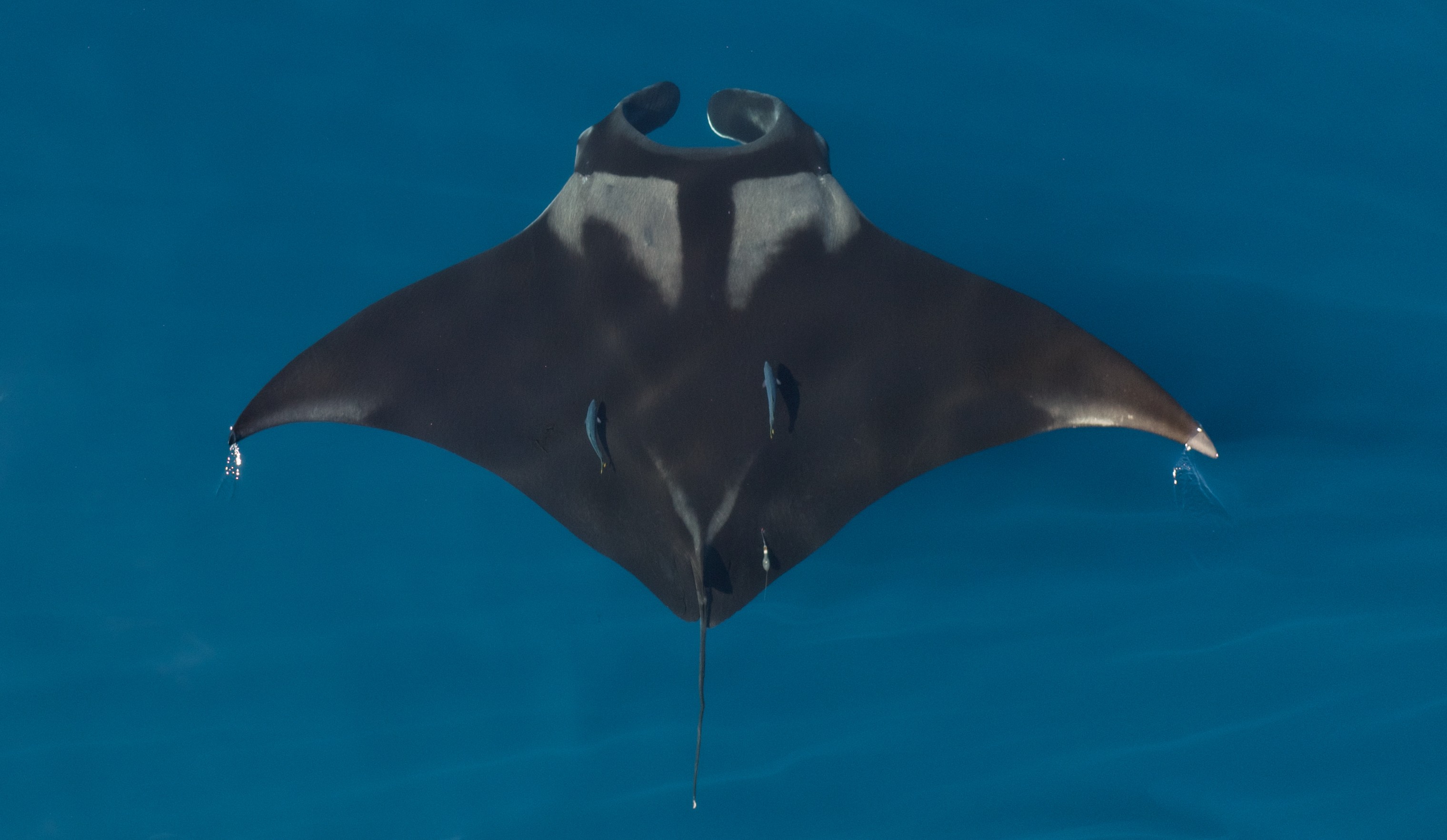
The metaphorical phrase ‘finding a needle in a haystack’ has […]
... READ FEATURE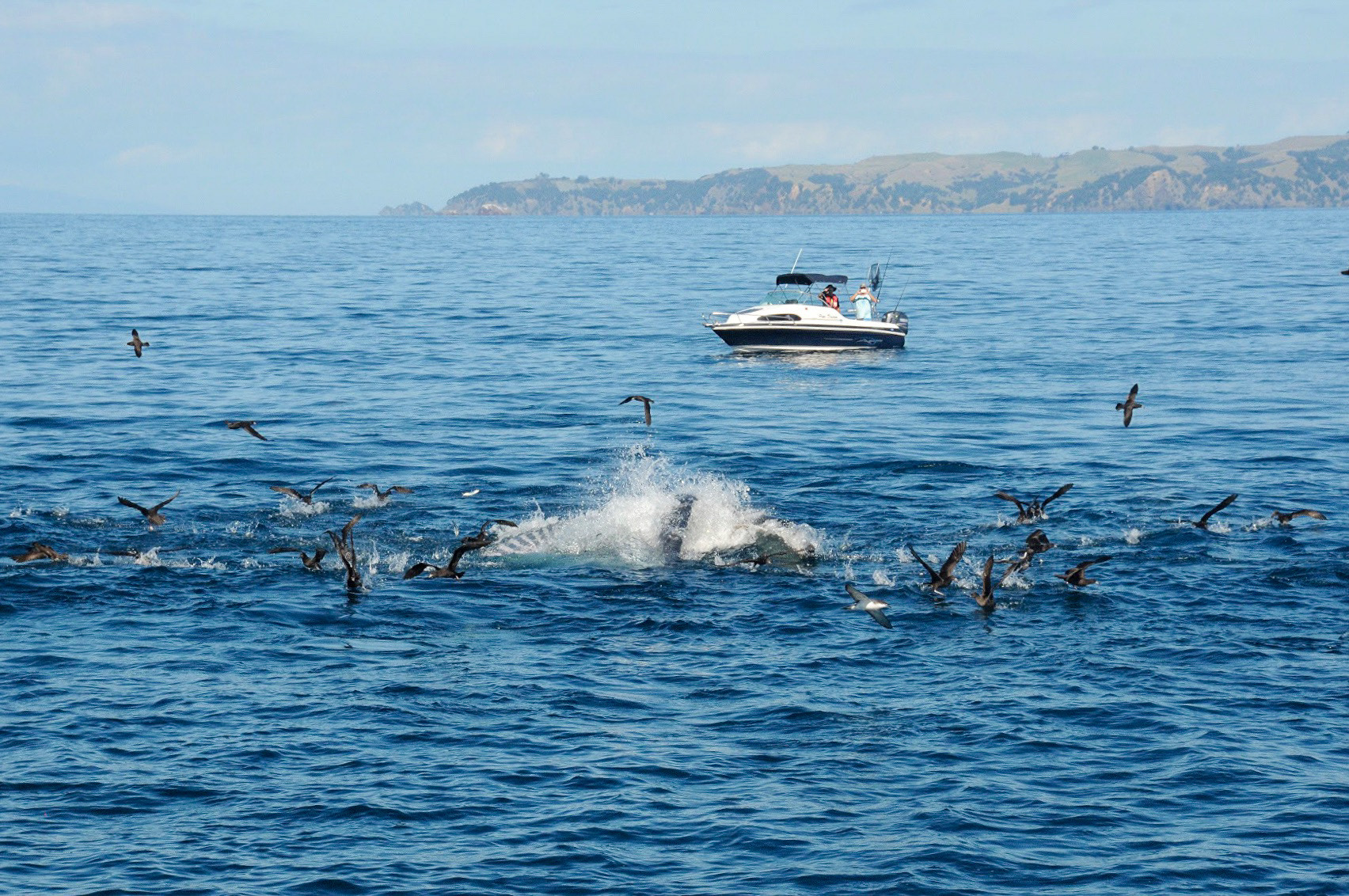
Sound travels exceptionally well in the ocean’s vast expanse, conveying […]
... READ FEATURE
The Te Moananui-ā-Toi / Tīkapa Moana / Hauraki Gulf is […]
... READ FEATURE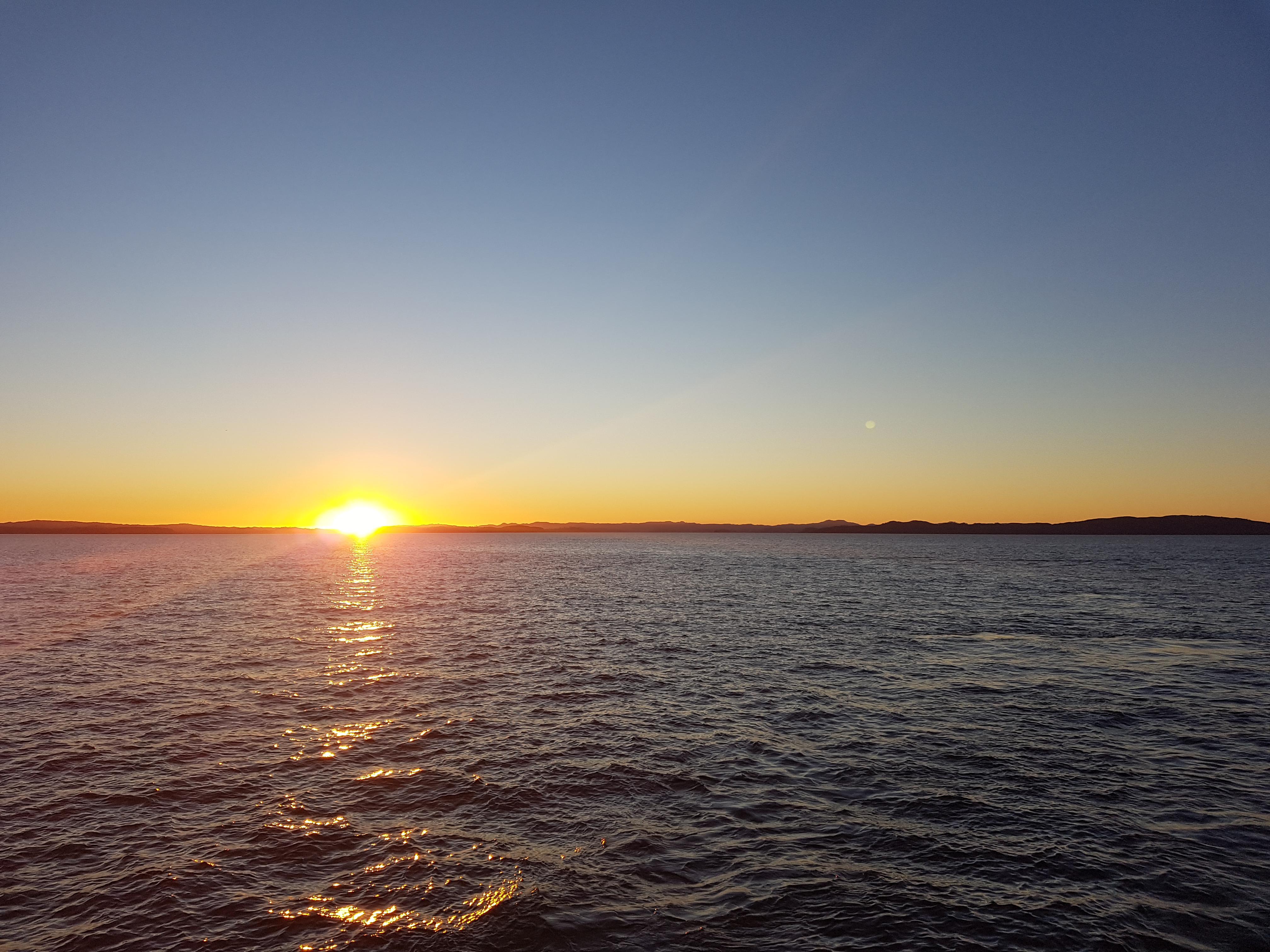
Marine heatwaves (MHWs) are defined as when seawater temperatures are […]
... READ FEATURE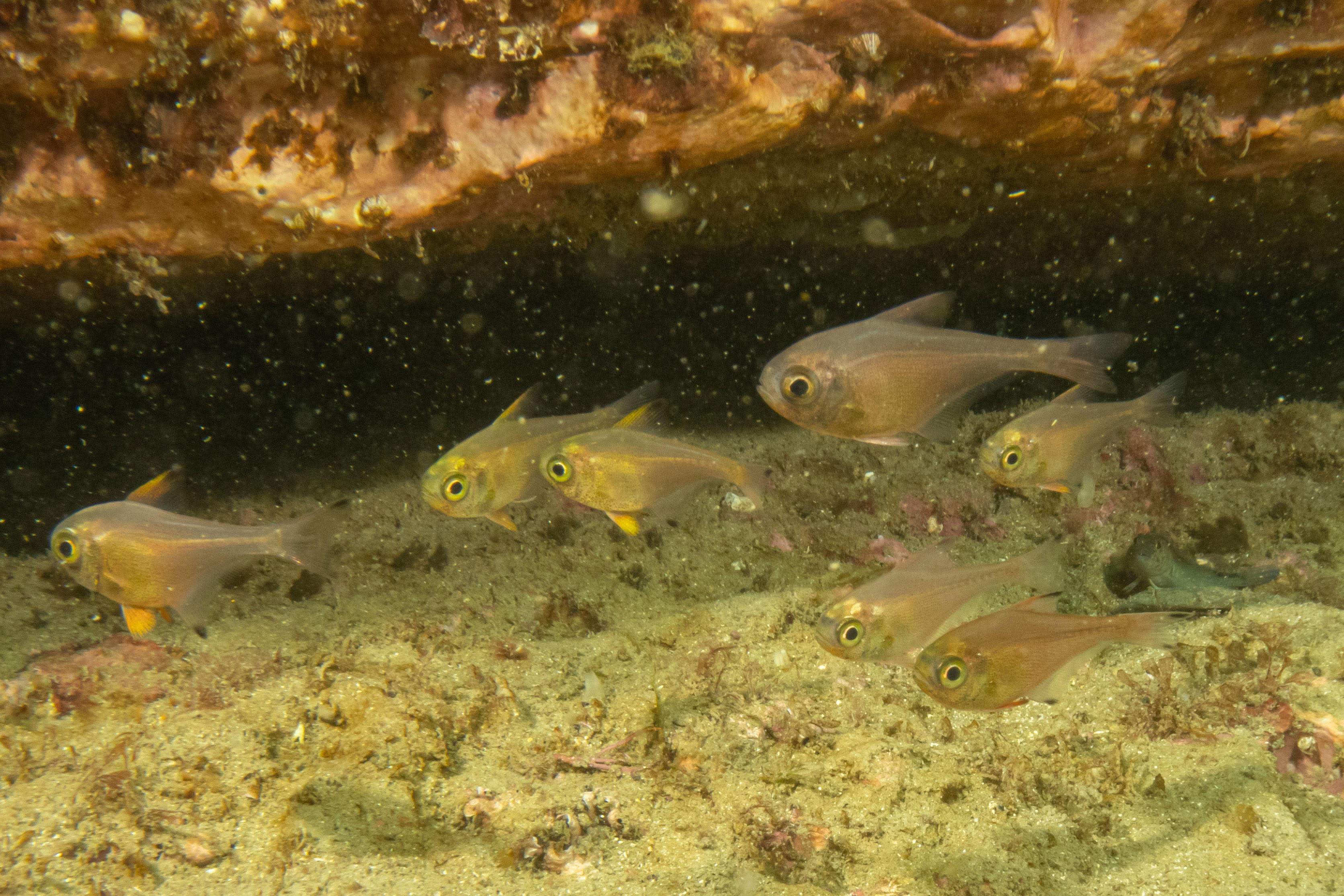
Last year when New Zealand entered its first COVID-19 lockdown, […]
... READ FEATURE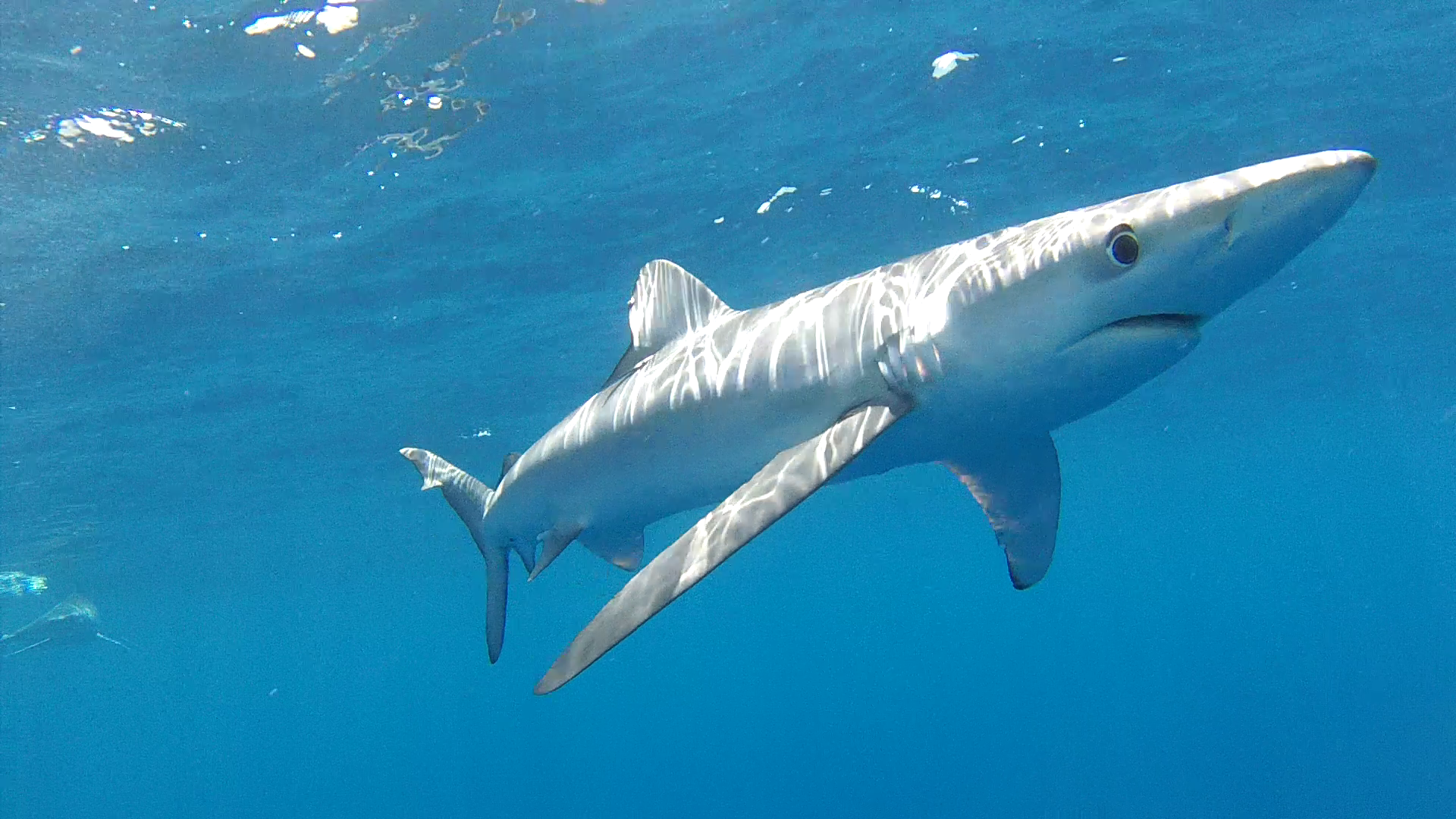
This summer a series of human-shark interactions around the New […]
... READ FEATURE
Joined at the hip with Tāmaki Makaurau / Auckland, the waters and islands of the Hauraki Gulf / Tīkapa Moana / Te Moananui-ā-toi are the breeding grounds for at least 27 species of seabirds – making it an internationally recognised seabird hotspot. 24 of these species breed within the Auckland Region, which runs from mid-Kaipara Harbour south to Karioitahi on the west coast, and from the Mangawhai Forest south to the northern Hūnua Ranges on the east coast.
Seabirds have a major influence on their surroundings and play a vital role in the functioning of the habitat around them. In the case of the Hauraki Gulf, seabirds link the land and sea. The birds come ashore and go underground, bringing marine nutrition onto the land, which in turn supports the health of the sea.
The majority of seabirds in the Auckland Region are considered ‘at risk’ or ‘threatened’ with extinction, so Auckland Council is stepping up with a seabird and shorebird monitoring and research programme – a first for local government.
The Council’s programme began in late 2018 with funding through the Natural Environment Targeted Rate. The programme aims to improve the conservation status of Auckland’s seabirds and shorebirds, and this will be accomplished by conducting much-needed monitoring to fill knowledge gaps around population health and breeding success and carrying out research relating to how the Council and its partners might go about restoring these bird populations.
The Council is collaborating with others to achieve these goals, having established partnerships with the University of Auckland, Auckland University of Technology, Auckland War Memorial Museum, Department of Conversation, the Northern New Zealand Seabird Trust, as well as various community groups keen to help out.
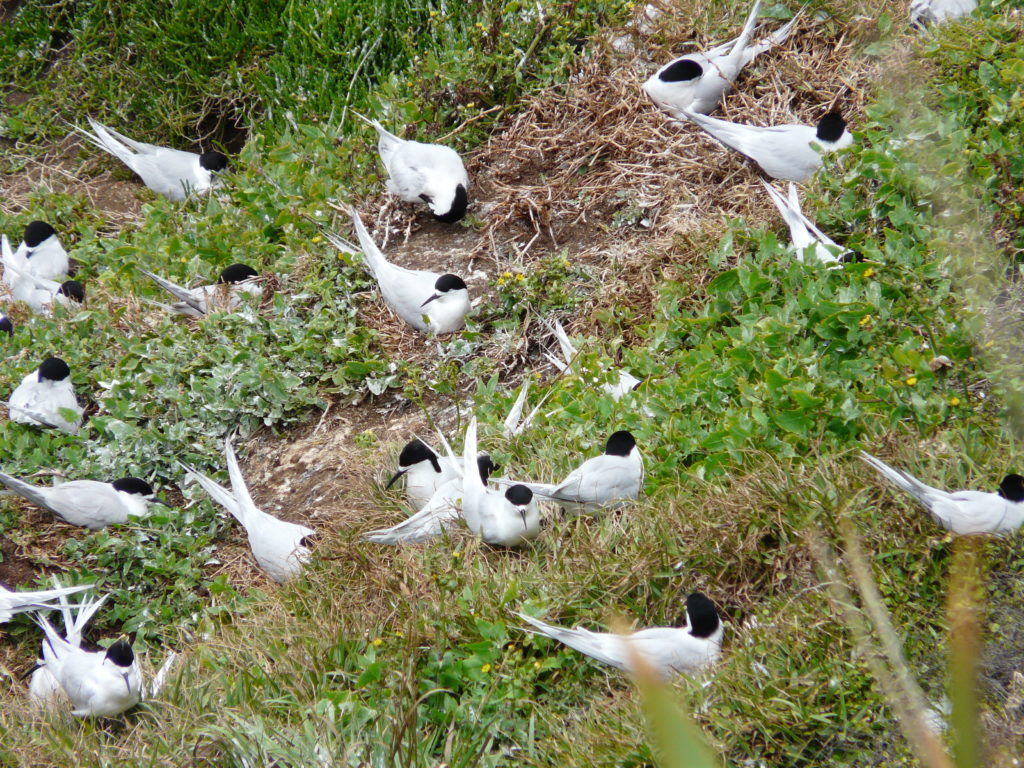
One year on, Dr Todd Landers, Senior Scientist with Auckland Council’s Research and Evaluation ‘RIMU’ Unit, reflects proudly on some of the programme’s achievements thus far. “Having a better understanding of the seabirds and shorebirds in the Auckland Region is critical to knowing what we can do to reverse the decline we’re seeing in our bird populations. Working alongside our partners, we’re filling in crucial knowledge gaps about our seabird populations, how successful they are, and what threats exist to them, which will help us develop and implement future management actions to help increase their populations to healthy, resilient levels.”
So far, the programme has included:
Species/Site Prioritisation: Species and sites were prioritised for the first phase of the programme, based on a review of existing research.
The Noises Seabird Restoration and Monitoring: A parekareka (spotted shag) restoration site has been set up on Otata Island (the largest in the Noises islands group) in collaboration with Auckland War Memorial Museum and the Noises’ landowners, where attempts are being made to establish a new colony of spotted shags using an acoustic attraction system and parekareka decoys. The acoustic system also broadcasts calls from other key species so as to attract them to this predator-free site, and monitoring of the takahikare-moana (white-faced storm petrel) is taking place on Ruapuke/Maria Island.
Motukino (Fanal) Island Programme: The Council began surveying Fanal Island (Mokohinau Group), a large island with little existing biodiversity knowledge. The survey has included classification of vegetation types, assessment of what habitats are present, and identifying some of the seabird species that might breed on the island, including potential signs of species breeding nowhere else in Auckland.
Pokohinu (Burgess) Island Programme: A seabird monitoring network is being developed on Pokohinu Island to assess all species breeding there. The first survey was completed in late 2019, which builds on the collaborative monitoring work that’s been done over the last couple years with Auckland University of Technology.
Shag Surveys: Coastal surveys for Auckland’s five shag species were conducted over a large portion of the coastline and Gulf island sites including Waiheke, Tarahiki, Pakatoa, Rotoroa, Motuihe, Kawau (and smaller surrounding islands), Motuora, and Lake Pupuke, with several active shag colonies identified which will be followed up for population and breeding success assessments.
Community Seabird Monitoring: The Council has been working with restoration groups at a number of locations in Auckland where they are trialling community-based seabird monitoring.
Dr Landers says “We hope that community participation in our monitoring programmes gives more Aucklanders the opportunity to get involved and engaged with our taonga. Our seabirds are very special and we have an incredible diversity right here in Tāmaki Makaurau. But the birds urgently need our help to recover.”
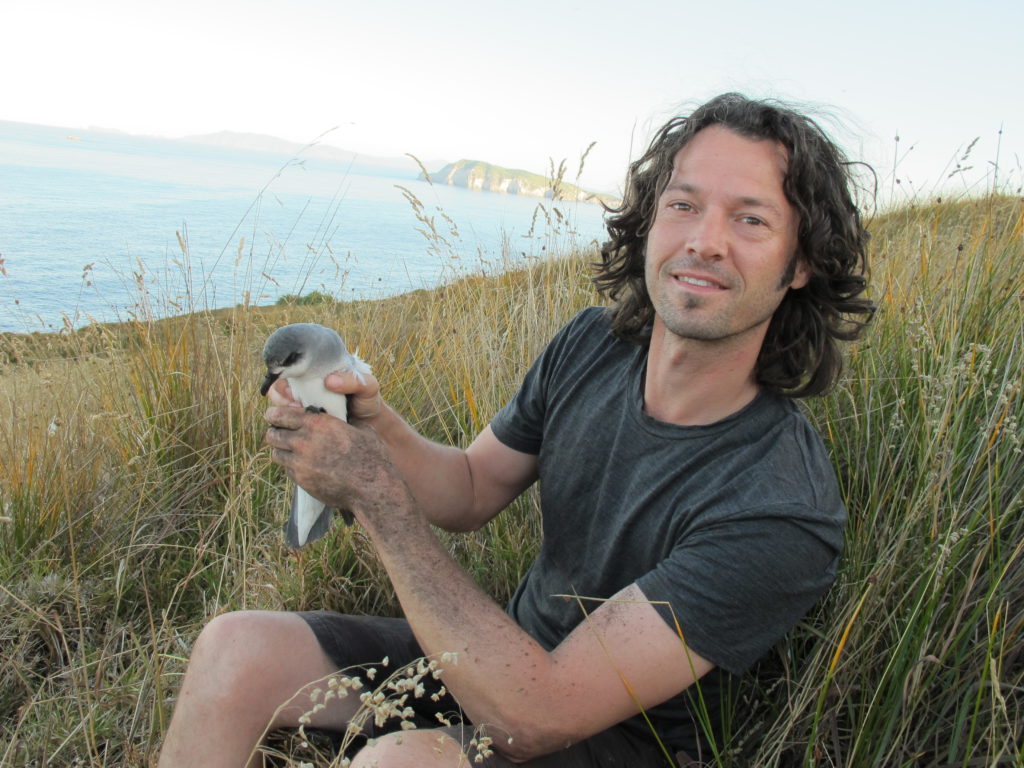
To get involved or find out more about the programme please contact Todd Landers on todd.landers@aucklandcouncil.govt.nz
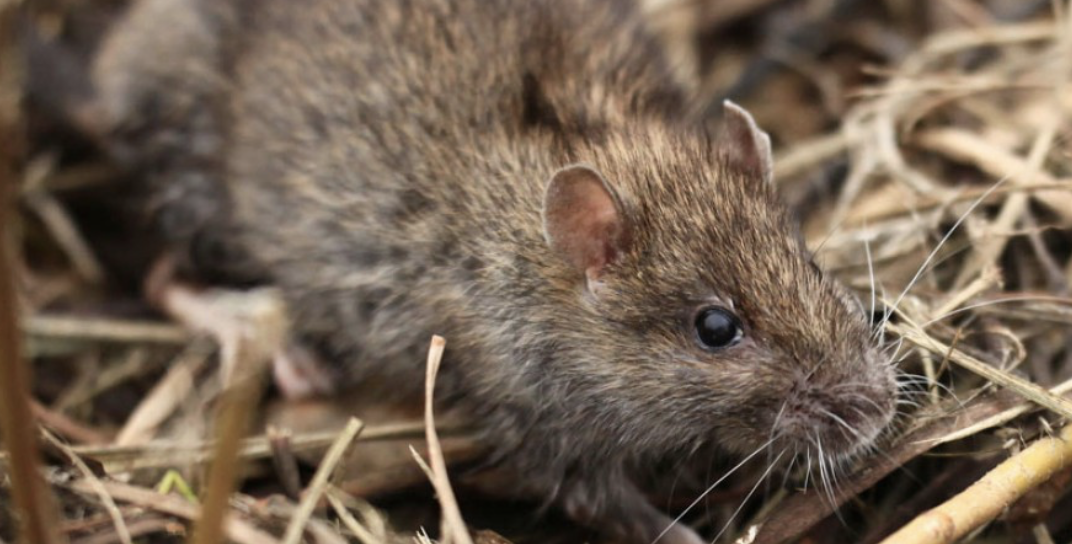
A partnership between Auckland Council, adhesives company Selleys, and peanut butter producers Nut Brothers is deploying 22,000 rat bait blocks and 160kg of peanut butter. The Talon wax blocks will be used in continuing trapping efforts on the Hauraki Gulf Islands and in remote rural areas as part of the Pest Free Auckland Programme:
According to Brett Butland, Auckland Council’s Pest Free Auckland Director, an unusually high seeding led to a wealth of food for native species. This has also fueled high populations of pests such as rats and stoats. These pests pose a serious threat to native wildlife as predator populations build up during the spring and summer months.
“We want to stay ahead of the game and ensure our predator free islands remain that way.”
“We know that rats prefer organic oils – like the ones contained in peanut butter – and they’re more likely to draw the pests to the bait stations. The rat bait and peanut butter work really well together.”
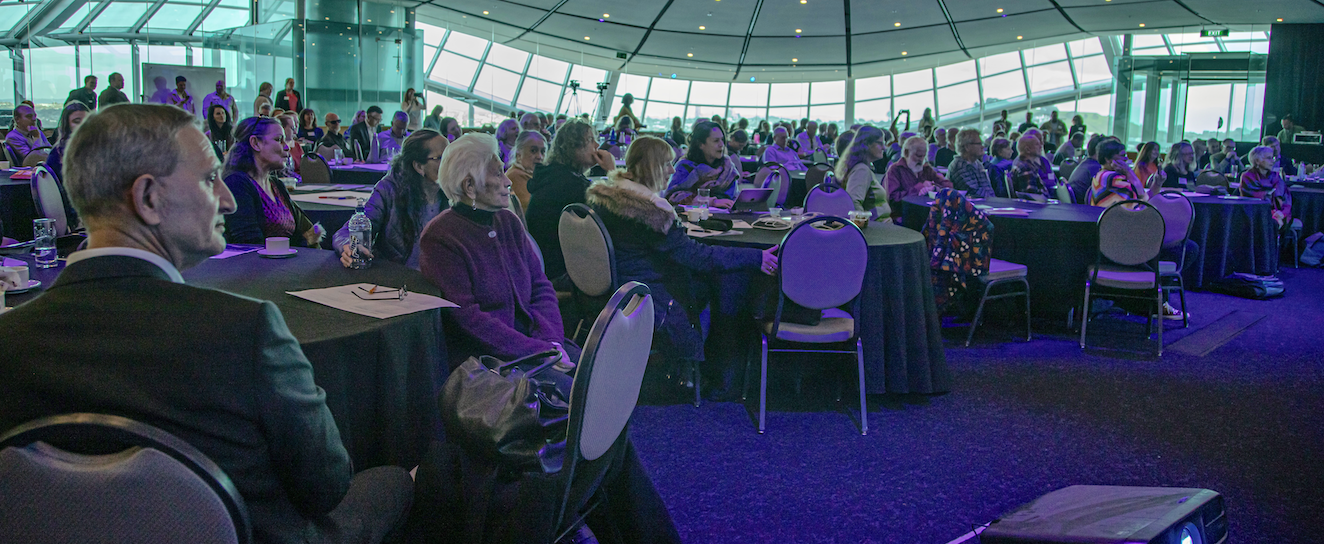
The 2019 Hauraki Gulf Marine Park Conference – Making Waves: Protecting and Restoring the Marine Park – saw over 250 participants flock to Auckland’s War Memorial Museum at the end of August. The annual event, which was held on August 27, saw an audience treated to a range of engaging and interactive presentations about the Marine Park which can be viewed here (http://gulfjournal.org.nz/seminar-talk/?seminar-name=2019-making-waves), but they also had the opportunity to participate in group sessions as a collaborative approach to further shape the Forum’s recently announced Big Goals of at least 20% marine protection and 1000sq kilometre of shellfish restoration.
The Holdaway Awards, which recognise extraordinary contributions to the Marine Park were presented to Betty Whaitiri Williams, former inaugural member of the Hauraki Gulf Forum, and posthumously to Roger Grace, marine biologist who passed away earlier this year.
The Conference also featured a keynote address from the Minister of Conservation at which the Government announced new funding for shellfish restoration (see: https://www.beehive.govt.nz/release/government-helps-fund-efforts-restore-shellfish-beds-hauraki-gulf) and several youth focused elements including a youth panel, virtual reality experience by NZ Geographic and BLAKE, and a view of the future from Young Ocean Explorers. Finally, conference participants worked together on the elements for a potential future vision for the Marine Park.
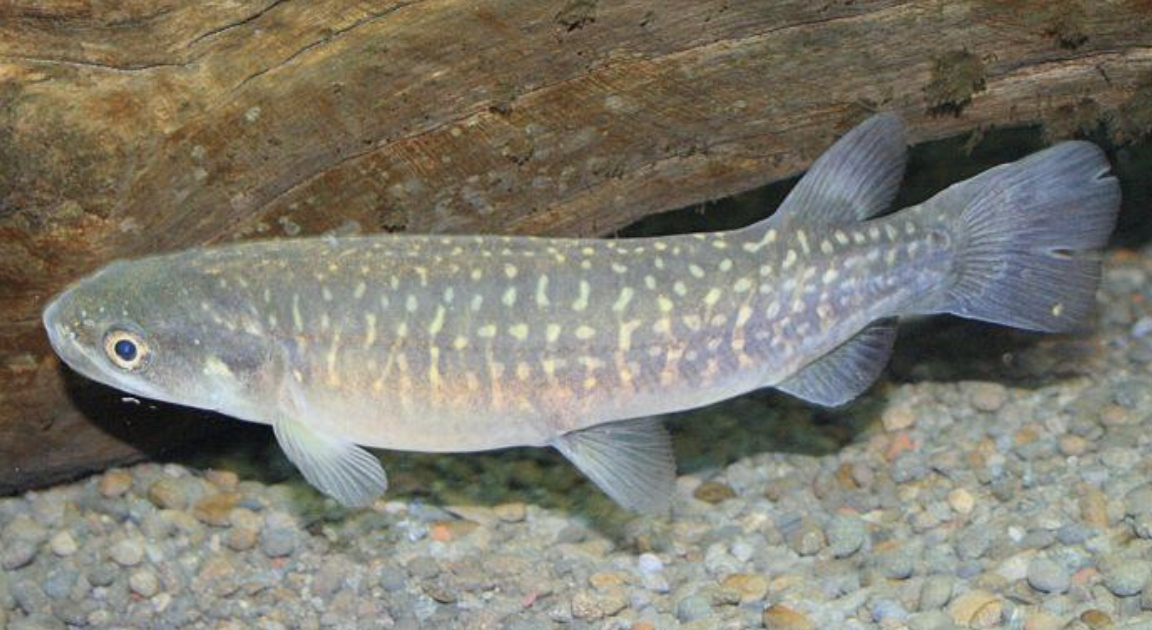
Conservationists are calling for continued action amid the increasing impact sediment is having on giant kokopu, one of Auckland’s rarest whitebait species.
The urgency comes from Auckland Council’s Freshwater Senior Regional Adviser Matt Bloxham, who says “Auckland doesn’t appear to have enough giant kokopu stream (source) populations to maintain high recruitment, because oceanic larval stocks are becoming depleted.”
Like other whitebait species, the young of giant kokopu spend time developing in the ocean before returning to adult habitat as whitebait in spring. “As adult populations are lost, we potentially add to this problem by reducing the oceanic larval pool and therefore also recruitment back into adult stream habitat.” Matt adds, “It’s akin to young kiwi folk going off on their OE but never returning home. Fewer young fish come back, the population ages and eventually dies out”.
This sediment issue is implicated in the noted decline of giant kokopu populations nationally and throughout mainland Auckland.
A remnant population at West Hoe Heights in Orewa was lost recently due to unmitigated sediment loss from a housing development into a nearby giant kokopu wetland. The Nukumea population in the neighbouring catchment is now coming under similar pressure.
A recent stocktake of known giant kokopu sites on the mainland found no fish at any of the 25-former giant kokopu sites. A handful of new (mainly island) sites have been found since, but they contain on average fewer than half a dozen fish and in some streams, a solitary fish remains.
However, the discovery of three geographically overlapping giant kokopu ranges on the south-eastern corner of Waiheke Island and another in Waitakere Regional Park increases the prospect of the species enduring in Auckland.
The first population found was in Awaawaroa Wetland in 2014, which resulted in the local community and Council mobilising to restore the population. More recently, there have been populations found in the neighbouring catchment to the east of Awaawaroa, and at Whatipu in the Waitakere Ranges.
However, a third population to the west of the Awaawaroa system, Whakanewha Regional Park, has recently disappeared “we think because of sediment loss from a gravel road higher up the catchment”, says Matt.
It turns out the population found to the east of Awaawaroa is the largest we have left in the region and the juveniles it disgorges into the ocean are likely to bolster the two nearby giant kokopu wetland populations.
“But even the largest population may become compromised if the two smaller populations (Awaawaroa and Whakanewha) are allowed fall away (i.e. it is likely that all 3 populations are underpinned by the same oceanic larval supply).
“While we will have to restock Whakanewha, if we act quickly and seal the sections of road that contribute sediment to Whakanewha, Whatipu and Awaawaroa, we may be able to sustain all three fisheries.”
“Major stochastic storm events of the type we are expecting more of with climate change have the potential to generate considerably more sediment and compromise kokopu populations in these rural and peri-urban environments. We are grappling with that at Awaawaroa, Whakanewha Regional Park, at Whatipu and in and around Orewa, where the species’ exposure to suspended sediment is high, particularly from roading.”
Matt says, “while gravel roads aren’t the only sediment source, they are one of the key sediment contributors in two of the Waiheke wetlands and are putting giant kokopu under particular pressure there”.
Mr Bloxham says “because the gravel on Waiheke has a high clay content, it only adds to the problem. Fine sediment is remobilized with every vehicle movement and stored in loose uncompacted drifts within the road corridor. At Whatipu, Whakanewha and at Awaawaroa, the close proximity of the gravel roads to their respective receiving freshwater environments means there’s very limited opportunity to intercept/settle out the sediment before it reaches the waterway and sealing is really the only option,” he said.
Auckland Council is responding to the issue of sediment loss to waterways from bulk earthworks sites and is working tirelessly to combat every angle of the issue. Matt says, “parallels can be drawn between earthwork sites and unsealed (gravel) roads. However, over their lifetime, dirt roads have the potential to be considerably more impactful as there are no sediment controls and release persists for as long as the roads prevail, whereas bulk earthworks are usually relatively short-term activities.”
Auckland Council aided by Forest and Bird, Conservation Volunteers NZ and the local community are working urgently to address the other threats to the island’s wetland populations, which include habitat loss and predation.
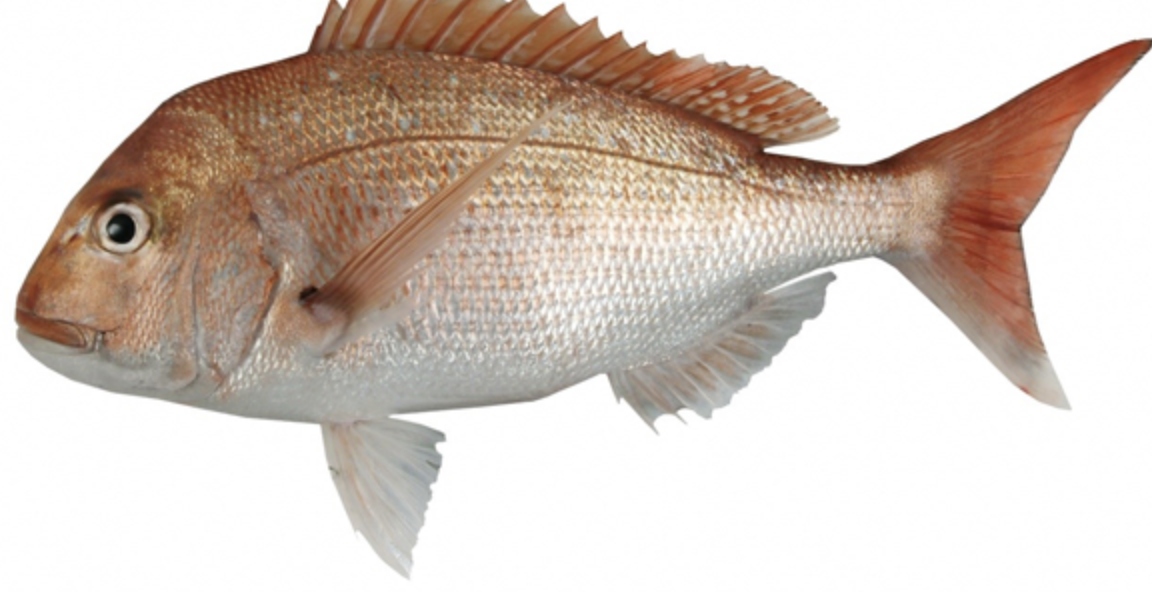
A Fisheries New Zealand national survey of recreational fishing has confirmed the ongoing importance of recreational fishing.
The National Panel Survey – which is conducted every 5 to 6 years – provides a snapshot of recreational fishing activity around the country, says Fisheries New Zealand director of fisheries management, Stuart Anderson.
“This is added to a wide range of other information to help us understand what is happening in our fisheries and inform our decision making over the next few years.
“One of the top-line results was confirmation of the ongoing popularity of recreational fishing. We estimate that 14 percent of the country’s population over the age of 15 years went fishing at least once during 2017-2018.
“We also found that recreational fishers catch a large proportion of key recreational fish species such as snapper, kahawai, blue cod, and kingfish. There’s been little change in the proportion of these fish caught by recreational and commercial fishers since 2012.”
The survey contacted more than 30,000 people and about 7,000 recreational fishers had their fishing outings recorded over a 12-month period.
The final results were confirmed by comparing different surveys conducted by the National Institute of Water and Atmospheric Research (NIWA) and the National Research Bureau (NRB).
Other key findings include:

A team of researchers including Assoc. Prof. Rochelle Constantine and Prof. Mary Sewell from the University of Auckland, Dr Richard Newcomb from Plant and Food, Dr John Zeldis from NIWA and Dr Emma Carroll, Senior Research Fellow and Rutherford Discovery Fellow have spent more than two years collecting poo samples and zooplankton samples from Bryde’s Whales in the Hauraki Gulf. They then used a DNA “barcode” approach to identify different types of prey found in the whale poo. Prof. Constantine says “It’s important to discover which type of plankton the whales are eating because we know climate change is affecting plankton productivity. If the type of prey the whales eat becomes scarce in the Gulf, then the whales may move away. This has happened elsewhere in the world.”
The research paper was published in Nature.
You can read NZ Herald Jamie Morton’s article for an overview.
And Auckland University’s press release here.
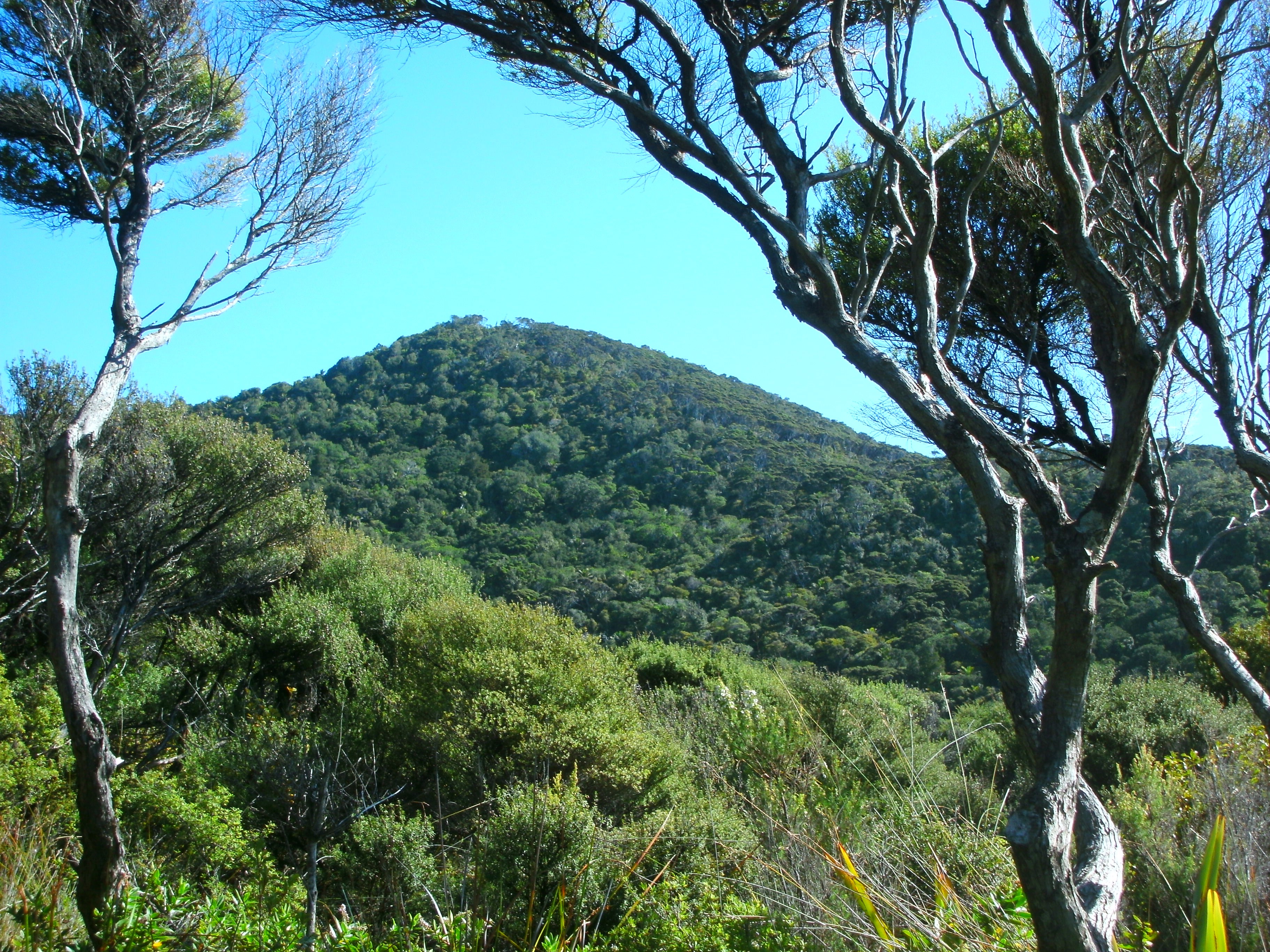
Twenty Years of Ecological Restoration by the Windy Hill Rosalie Bay Catchment Trust
... READ FEATURE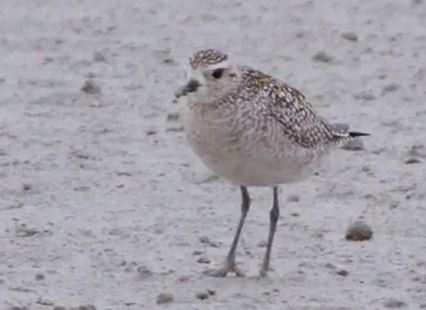
The shores of Miranda, in the Firth of Thames, are the part-time home to the kuriri. The fourth most common of the Arctic migrants that visit each summer, the kuriri used to arrive in their thousands each year to escape the Northern Hemisphere’s winter. Now, fewer than 200 visit. Why the numbers coming to New Zealand have declined is a mystery, as is much about the birds’ life.
Each year the small birds migrate to somewhere near the Arctic Ocean to nest. It’s not known whether this is Siberia or Alaska, what route the birds take to get there or if and where they might stop on the way. There’s speculation a habitat they might use as a stop-off point might be degraded.
This summer the Pūkorokoro Miranda Shorebird Centre is going to try to find answers to fit 10 of the birds with tiny GPS trackers to see where they go. $20,000 was raised for ten lightweight GPS trackers. With permission from the Department of Conservation and Massey University Animal Ethics Committee, the notoriously flighty birds have been successfully tagged.
You can follow the progress of the campaign on the Pūkorokoro Miranda Shorebird Centre website.
Newsroom reporter Farah Hancock reported on this recently here.
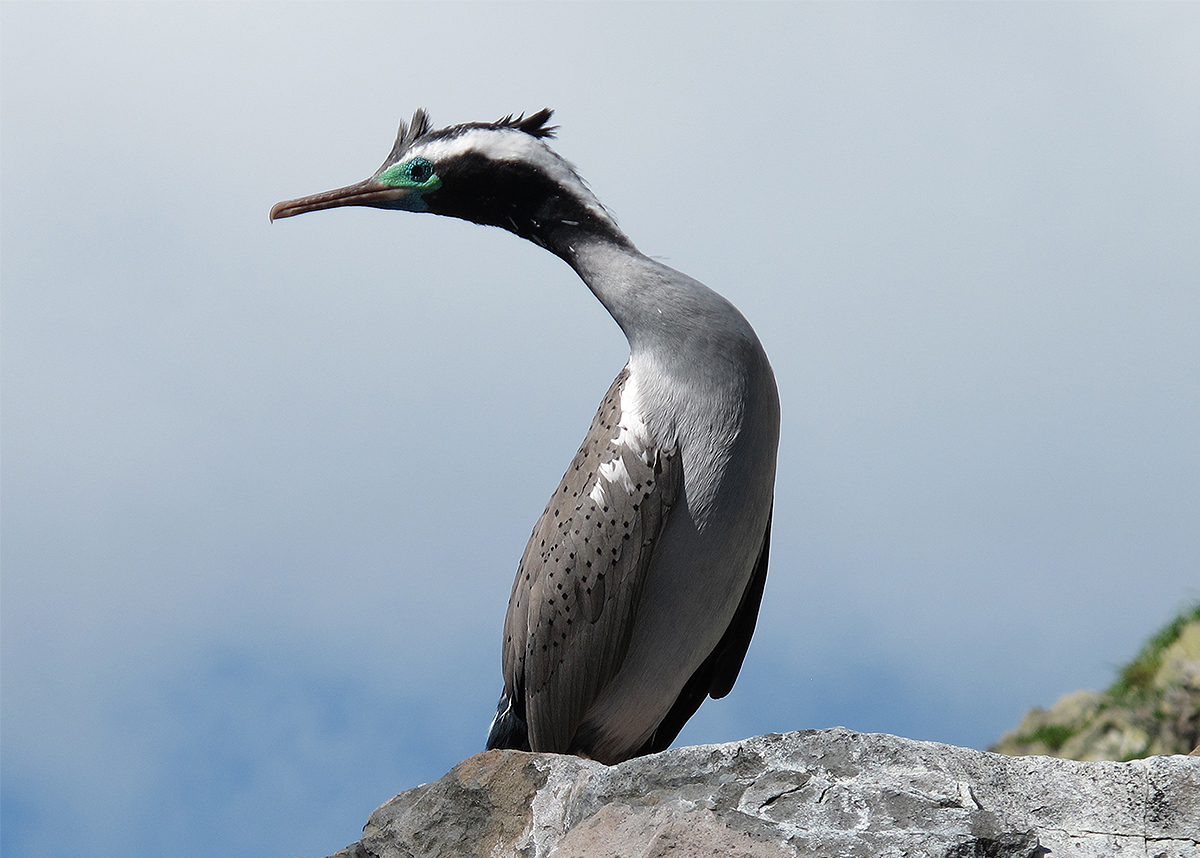
The Hauraki Gulf is home to a threatened population of Spotted Shags, thought to be genetically distinct. Whilst the Spotted Shag is relatively common in other parts of the country, in the Hauraki Gulf the birds are now limited to just two colonies, on Tarahiki and Waiheke Islands, with an estimated population of 300 breeding pairs.
In an attempt to attract Spotted Shags back to the Noises group of islands, a replica colony of Spotted Shags has been installed on the steep cliff face of Otata Island – the largest of the Noises group. The replicas were made from six Spotted Shag specimens in the Auckland Museum’s collection, that were collected by Museum staff from the Noises back in 1913.
The Museum’s specimens have been scanned, 3D printed and painted. As well as the replica birds, nests have been constructed from dried seaweed and a solar-powered sound system installed to transmit bird calls. White paint has been used to mimic the droppings that mark seabird colonies.
Damian Christie from the Aotearoa Science Agency was on hand to film the installation.
You can also watch Auckland Biodiversity ecologist Tim Lovegrove and Auckland Museum’s Matt Rayner take part in an annual survey to monitor the threatened populations of Spotted Shags in the Hauraki Gulf here.
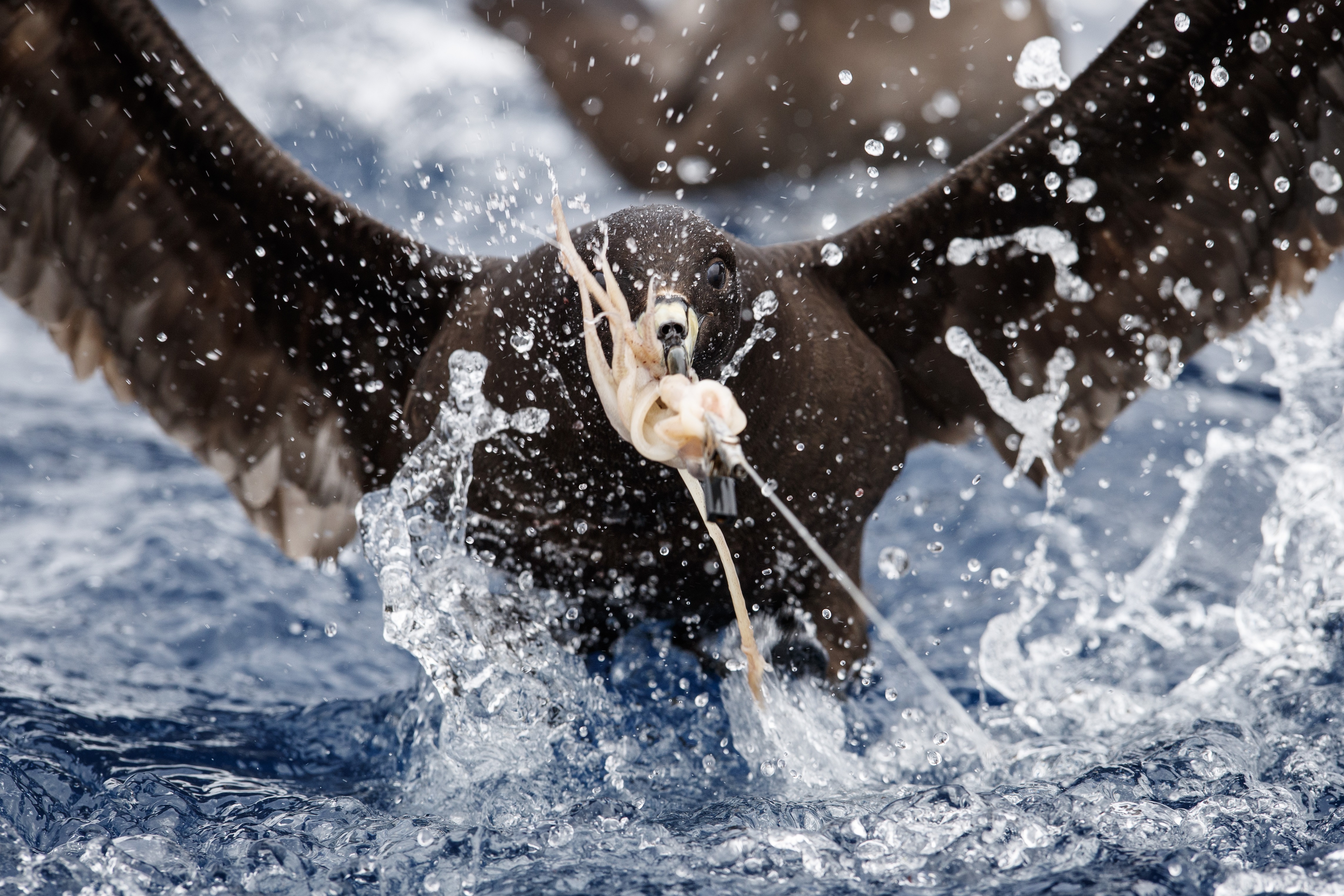
A comprehensive new book on the challenges for seabirds
... READ FEATURE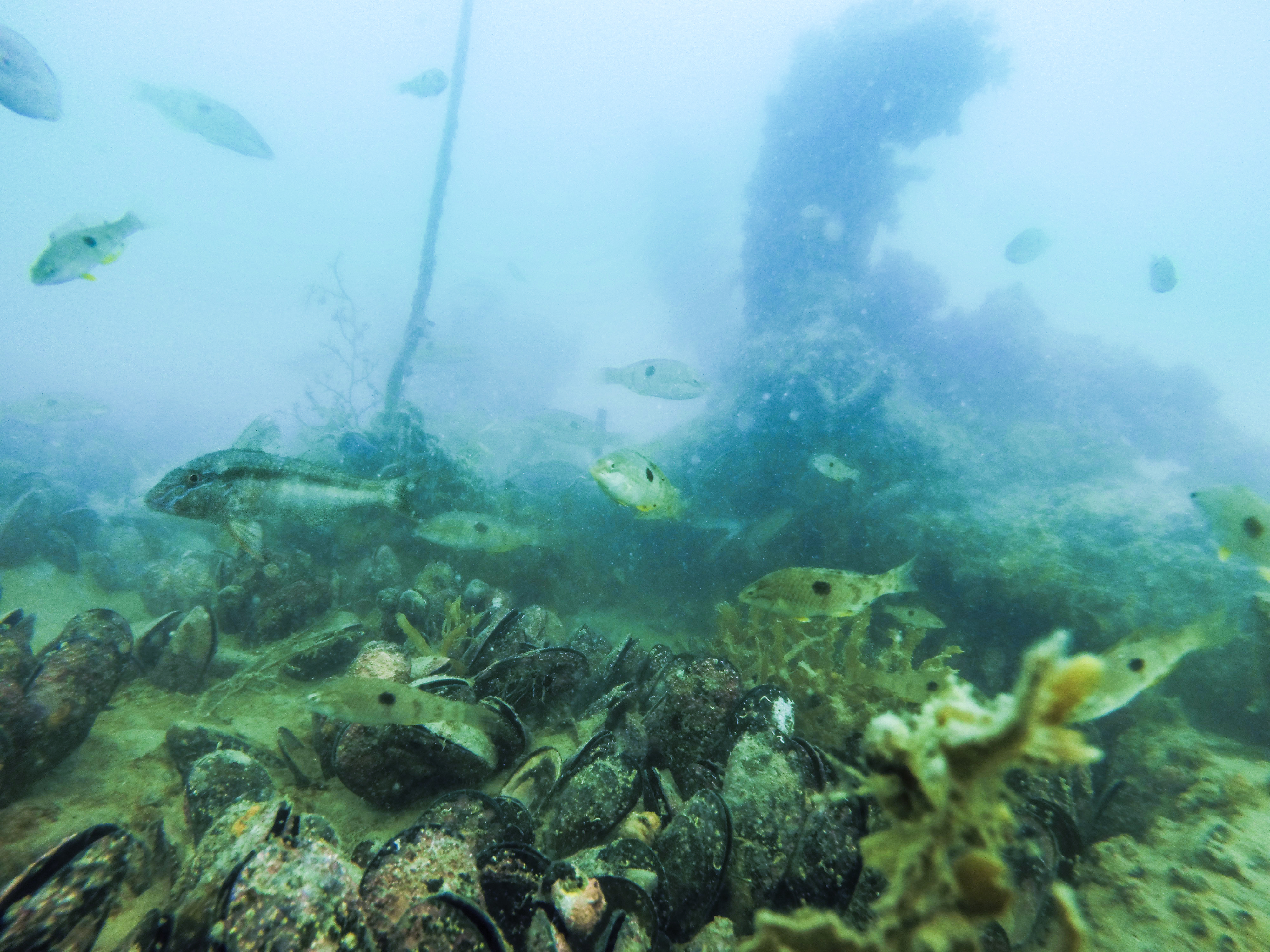
As reported frequently in the Gulf Journal, shellfish beds are vital to marine ecosystems. They filter and clean the water, stabilise the seafloor, dampen the effects of storm surge, enhance biodiversity, and remove nutrients that run off the land.
This newsroom article by Professor Simon Thrush, Director of the Institute of Marine Science at the University of Auckland, calls for urgent research to inform targeted restoration activities, as well as more coordinated partnerships of current restoration efforts. Professor Thrush urges, however, that scientific knowledge alone will not secure the success – community participation and commitment are critical to ensuring the long-term success and sustainability of restoration.
To get involved locally, contact Revive our Gulf.

Sea Change – Tai Timu Tai Pari was the first of its kind in New Zealand – a bold initiative to create a marine spatial plan. The Office of the Auditor General (OAG) decided to see what lessons could be learned from this ambitious undertaking. They looked at how the agencies involved set up the project and prepared the plan, including a focus on the project’s governance arrangements and planning for implementation.
The OAG says that “in many ways, the project was a successful example of a stakeholder-led collaborative approach. It resulted in a completed plan with general support from those who prepared it. However, the plan is not easy for the agencies to implement and those involved in the project are frustrated at the lack of progress in implementing the plan. Our report identifies aspects of the project that if done better would have made implementing the plan easier, including improving stakeholder engagement and better planning for implementation.”
The report can be found here.
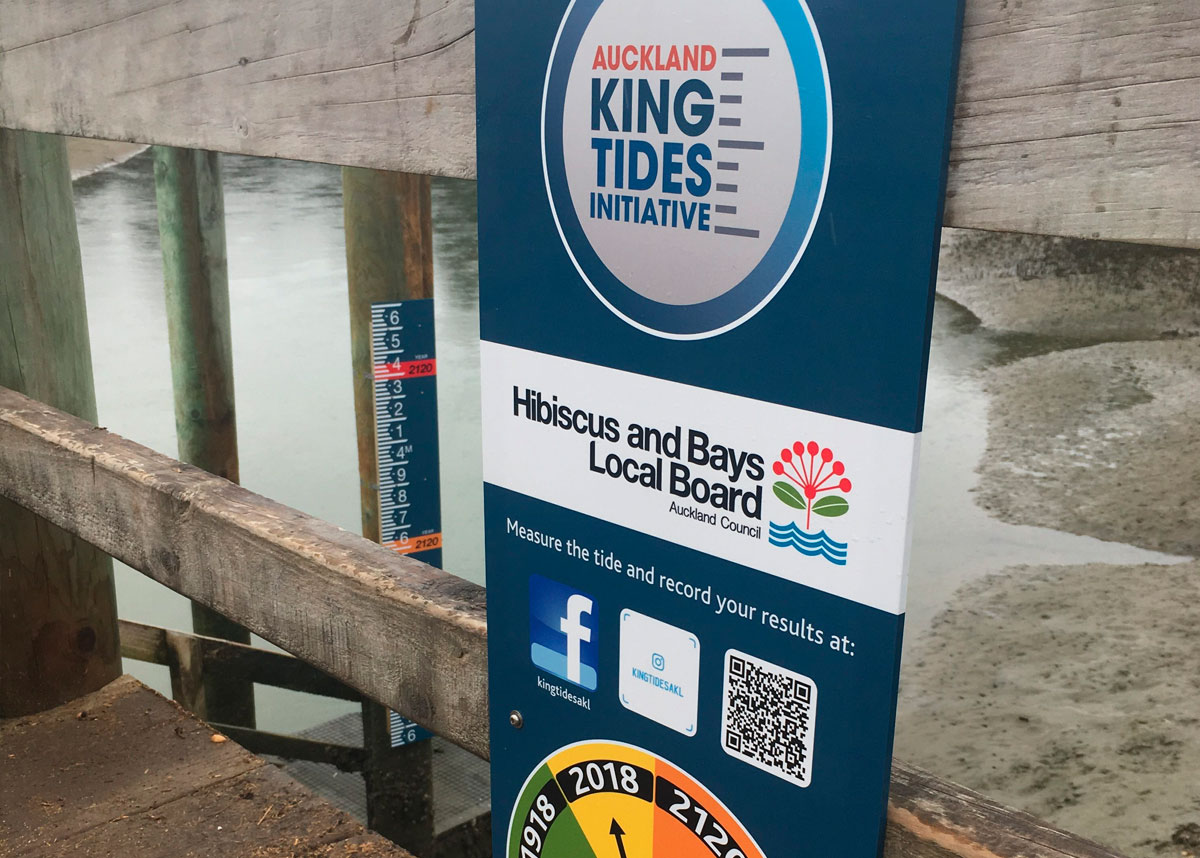
Recording our changing coastlines
... READ FEATURE
NIWA researchers are out on the Hauraki Gulf to find out more about the nurseries of young snapper
... READ FEATURE
From the age of dinosaurs up until the mid-1800s, wētāpunga lived between Waiheke Island and the Far North’s Paihia. But by the early 1900s, habitat destruction and predation from exotic pests saw to their demise. Auckland Zoo has been extremely successful at breeding wētāpunga and is safeguarding the giant insects’ future. So far about 4,300 of the zoo’s wētāpunga have been set free on Hauraki Gulf islands.

Te Mana, te Ihi, te Tapu o Tikapa Moana
... READ FEATURE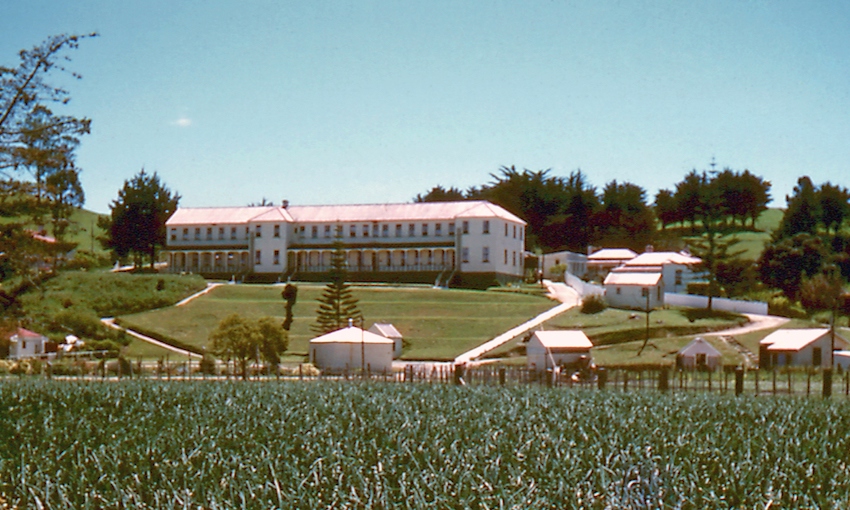
Rotoroa Is. has one of the most interesting of the Hauraki Gulf’s island history’s. Now writer Amy Head has used that colourful past to come up with a new novel set on the island.
Head takes us on a humorous romp through some of Rotoroa Islands history as a rehab centre run by the Salvation Army, as she explains why she set her new novel on the island, and how the antics of some of it’s “inmates” shaped her characters.
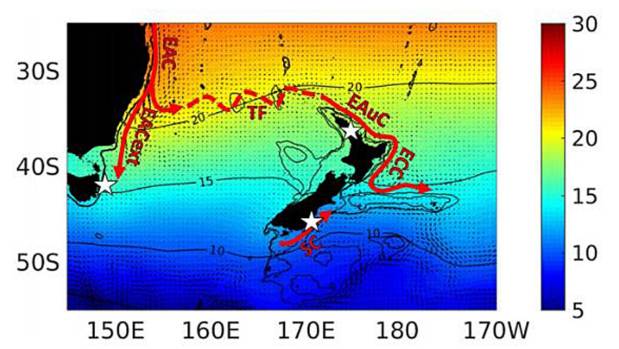
There is little good news with climate change, but altered currents off Australia’s coast will surprisingly see Hauraki Gulf water temperatures stay much as they are for some time. The downside is our southern coastline waters are warming up. Normally, the warm East Australian current ambles across the Tasman Sea bringing warmer water to the east coast of the North Island. This accounts for much of the teeming diversity of sea life found around the Poor Knights Islands Marine Reserve.
The warmer water extends south through the Hauraki Gulf. But the East Australian current is getting pulled further south under climate change, diminishing the flow across the Tasman Sea…
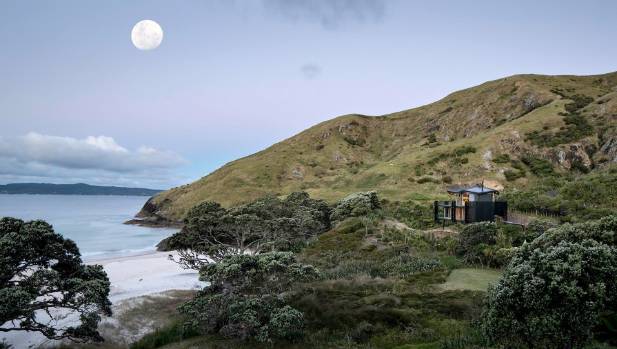
Stamping your personality on to a new home took on a whole new meaning for one family on the Coromandel.The award winning wilderness bach at Otama Beach on the Coromandel Peninsula has the family’s DNA patterns included in one of the house’s design features. Designed by Architect Ken Crosson The DNA House has been likened to a spaceship and recently won a Housing Award in the 2018 NZIA Waikato/Bay of Plenty Architecture Awards.

A new report has been published. What has it found?
... READ FEATURE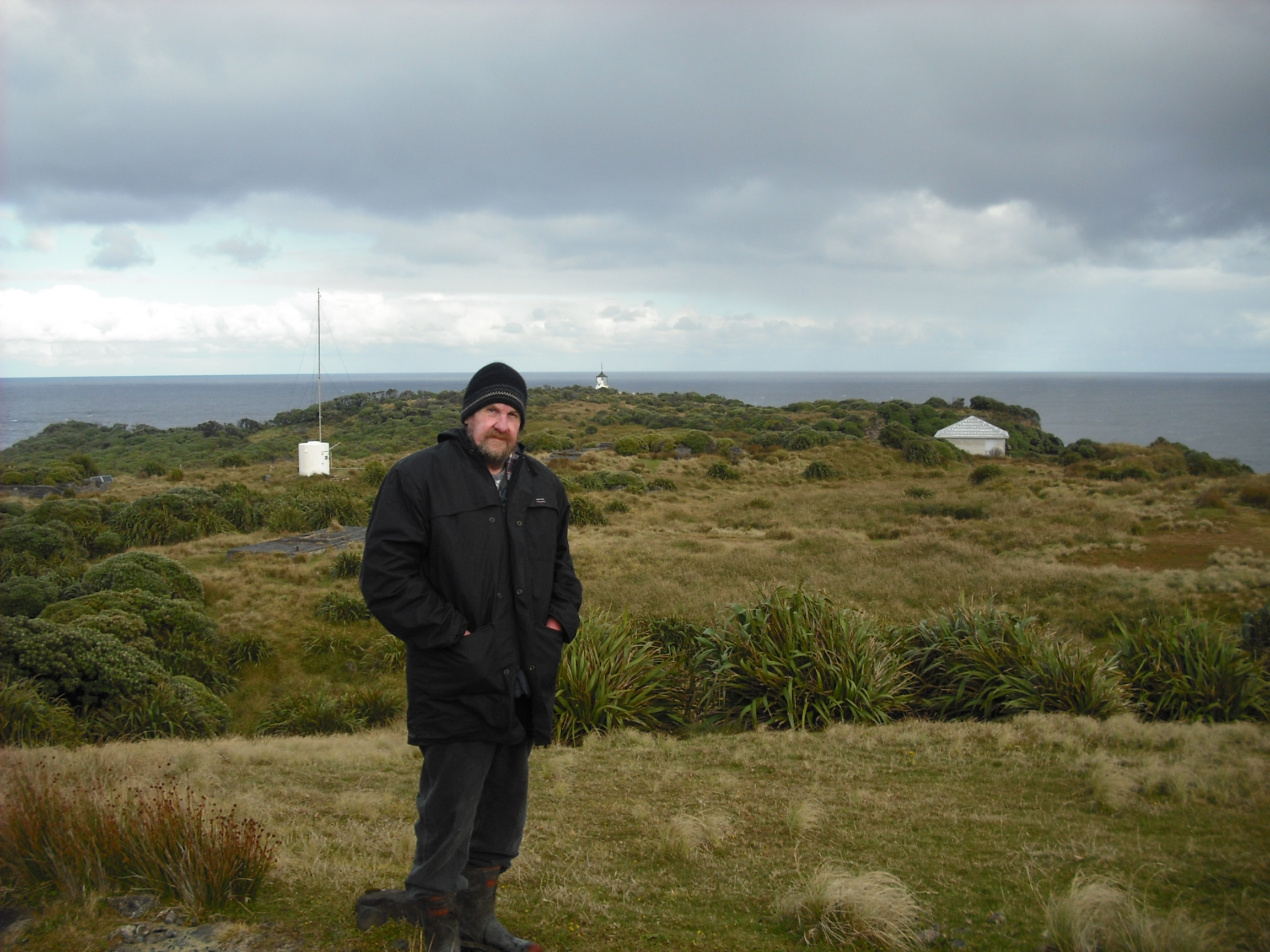
Hauraki resident Paul Trevethick reminisces
... READ FEATURE
Mary Frankham is using social science to fire up conservation.
... READ FEATURE
Predator Free 2050 Ltd, the Crown company established to secure funding for predator-free projects around the country, has received over 40 expressions of interest for funding and support for large-scale efforts by conservation groups. They include proposals from Waiheke and Great Barrier Island groups.
Several will be shortlisted and funded as ‘pathfinder projects’, to prove new tools and collaborative approaches. http://pf2050.co.nz/news/

Jochen Zaeschmar’s patience pays off
... READ FEATURE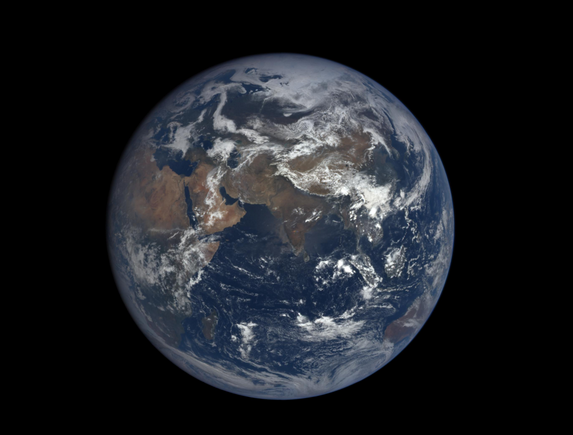
We have to lift ocean sustainability up to the same level of focus, attention, and action as climate change action, urgently says Author and Sustainability Advisor Alan Atkisson. He notes:
In June the United Nations convened its first ever Oceans Conference. The UN’s Sustainable Development Goal 14 aims to “conserve and sustainably use the oceans, seas and marine resources for sustainable development.”
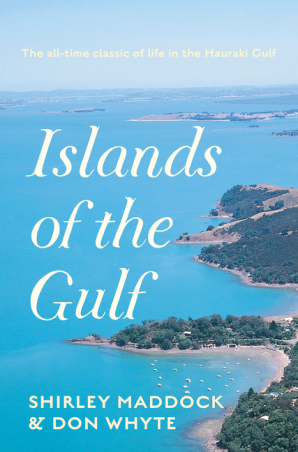
A classic 1960s book Islands of the Gulf has been reprinted. In the early Sixties Shirley Maddock joined seaplane pilot Captain Fred Ladd to visit isolated island communities, filming New Zealand’s first locally produced documentary series and spawning a book of the same name.
The new 2017 edition has been published to coincide with a remake of Islands of the Gulf, to screen on TV One later this year with Shirley Maddock’s daughter, actress and writer, Elisabeth Easther.
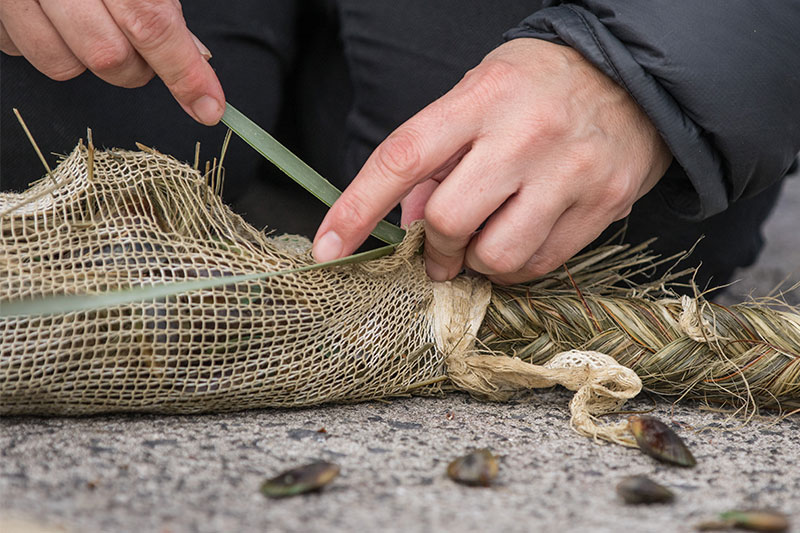
Weaving together traditional and aquaculture industry techniques will provide the best of both worlds for rope that will be seeded with mussels to be hung from the pylons of Ōkahu Bay wharf. This taura (rope) is intended to seed larger amounts of mussels into the bay over time by avoiding the sea floor which is covered in sediment. The mussel taura (rope) has been woven by Ngāti Whātua Ōrākei weavers who have harvested the harakeke (flax) from their ancestral whenua (land).
With a vision to return the mauri (essence of life) back to the marine environment a 3-year mussel reef restoration programme in Ōkahu Bay has attempted to bring back historical mussel beds. Ngāti Whātua Ōrākei have committed themselves to returning the whenua (land) and moana (water) back to healthy state for 15 years through their planting of 220,000 trees on the whenua (land). “Protection of our waters and providing a future for our whanau is paramount for us, our daily connection with the moana recognises our ancestors and their kaitiakitanga” (guardianship)” says Ngāti Whātua Ōrākei descendant, Donna Tamaariki.
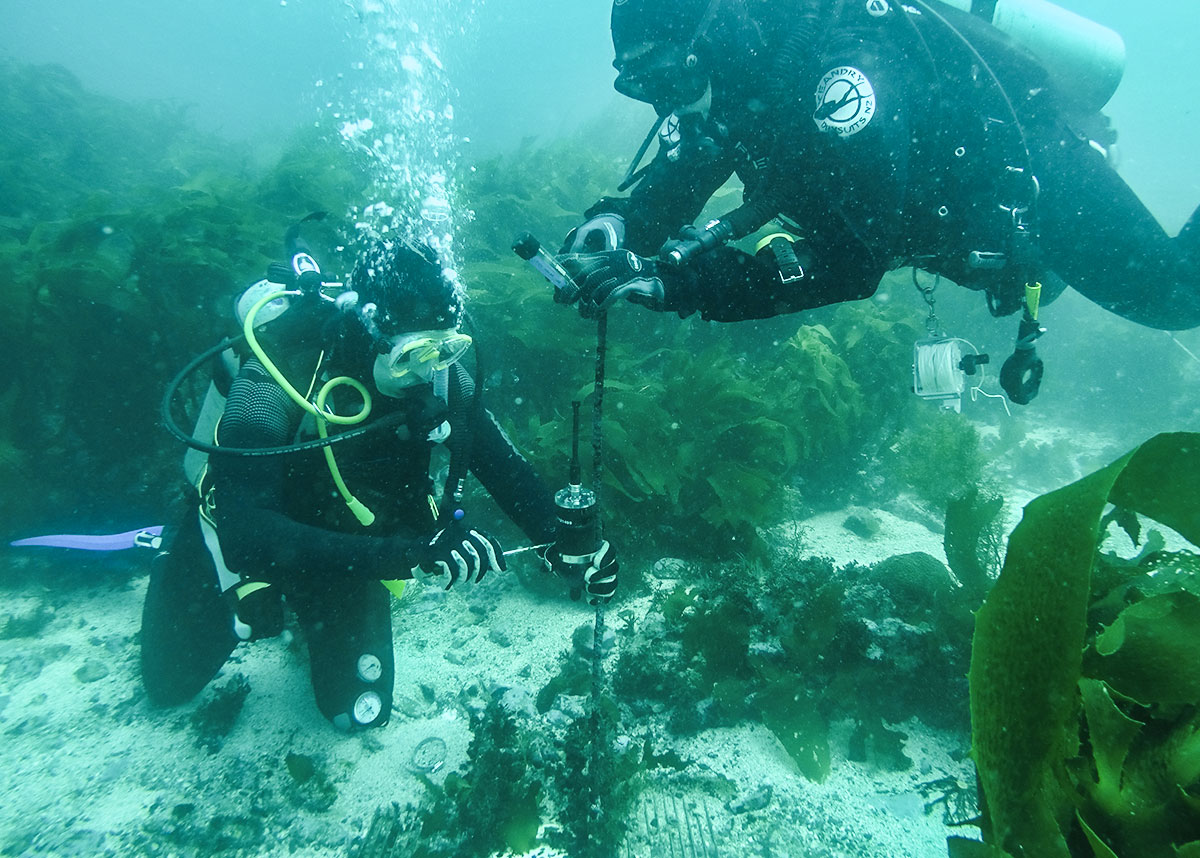
University of Auckland researcher Rosalyn Putland listens in
... READ FEATUREThe Earthquake Commission is funding research to improve the understanding of known and potential faults in the Hauraki Rift; a geological area running through the Auckland and Waikato regions including the Hauraki Gulf, Firth of Thames and Hauraki Plains.
“The Christchurch earthquakes highlighted the need to research and better understand slower moving geological structures that have the potential to pose a significant natural hazard risk to high population areas and infrastructure,” says University of Auckland’s Dr Jennifer Eccles who will lead an team of international researchers.
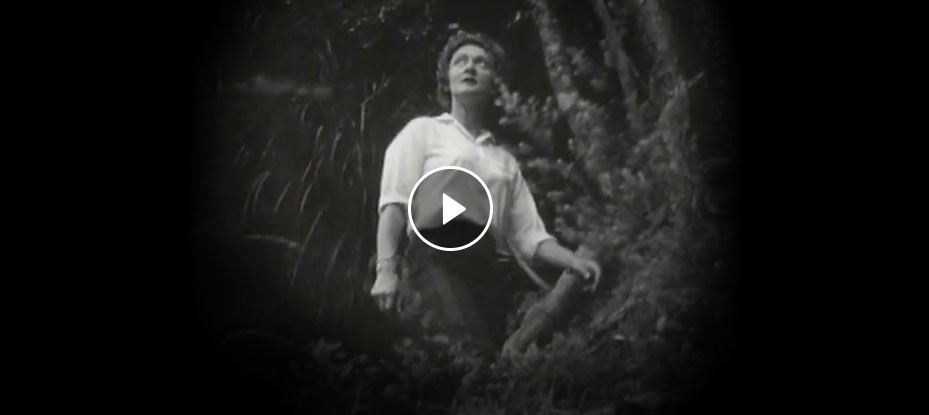
The ground-breaking Islands of the Gulf TV series made in the 1960s is being remade by daughter of original presenter Shirley Maddock.
Islands of the Gulf was (narrowly) New Zealand’s first, locally-made TV documentary series — written, presented, directed and produced by the country’s first female producer, Shirley Maddock.
Actress, playwright and travel writer Elisabeth Easther follows her mother’s footsteps catching up with people and changes to the Gulf’s islands. The new series will screen in June.

A Hauraki Gulf / Tikapa Moana marine spatial plan launched in December after three years work by a stakeholder working group is available on the Sea Change – Tai Timu Tai Pari project website.
The proposed plan contains five pathways designed to create long-term health and wellbeing for the Hauraki Gulf Marine Park. Transitions to high value wild caught and farmed fisheries, the creation of marine reserves areas and scaled up restoration initiatives, setting load limits and mitigation for sediment and nutrients, local-scale coastal management and ambitious public engagement are outlined in the December issue of the Gulf Journal.
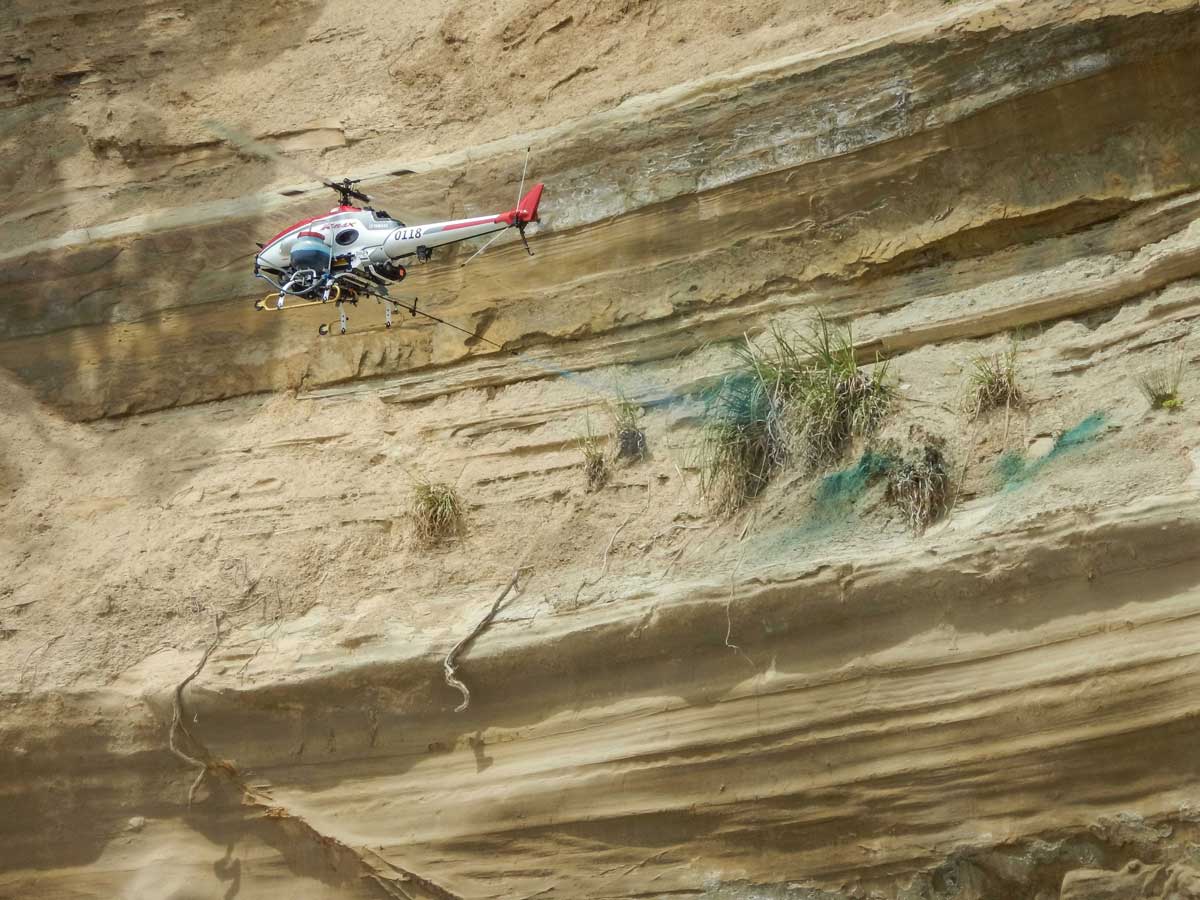
DOC, Motuihe Trust and Yamaha are trailing weed control with an unmanned helicopter.
Weed control on cliff faces can be very expensive often requiring carrying heavy loads to remote places and abseiling or a helicopter.
The RMAX helicopters are piloted by remote control and used in a wide range of industrial and research applications overseas. The trial was a success and the team have plans to further improve the precision of the technology.

NIWA scientists are asking for help from people who have had a long association with the Hauraki Gulf.
They are researching the areas where juvenile fish have congregated to find out how these nursery environments have changed over the years.
NIWA marine ecologist Dr Mark Morrison says they are particularly interested in populations of juvenile snapper, less than 10cm long in coastal waters.
He says young fish are strongly associated with what’s on the seafloor, especially seagrass meadows, horse mussel beds and sponge gardens.
Historical photographs, personal field diaries or fishing logs would be particularly valuable to document environmental change.
A computer model will be built to enable the researchers to explore ‘what if’ scenarios to help decide on the best management actions for the future.
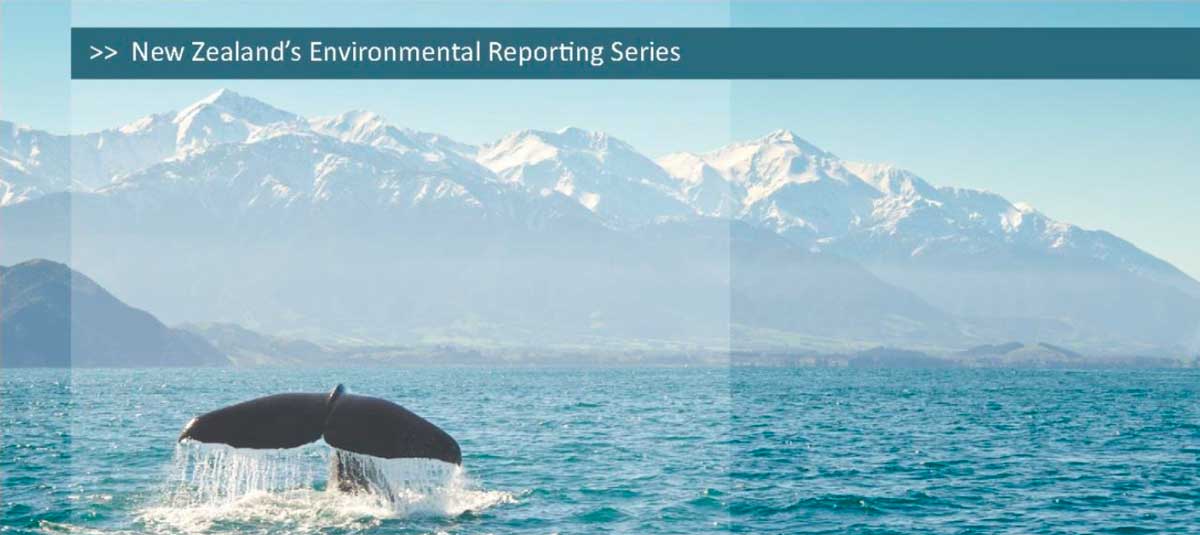
The Ministry for the Environment and Statistics New Zealand released the first individual “domain” report – on the marine environment – created under the Environmental Reporting Act 2015 in November.
The report identifies key issues facing our oceans, ocean acidification, threats to native birds and marine mammals and the state of coastal habitats.
Environment Minister Dr Nick Smith said environmental reports are fundamental to understanding and addressing environmental challenges – an area where data has been lacking.
He also said next year new legislation would replace the Marine Reserves Act “to bring our marine legislation into the 21st Century, recognising that we need varying levels of protection.”

Recent surveys have shown crayfish numbers declining inside and outside marine reserves at Leigh and Tawharanui.
Dr Nick Shears, a marine biologist at the Leigh Marine Laboratory, says crayfish numbers in the reserves are down a further 25 percent from 2014.
Numbers outside the reserve are the lowest they have been since monitoring began in the 1990s. Biomass is estimated to be <5 percent of unfished levels. Earlier this year scientists released figures showing crayfish numbers inside Goat island reserve were lower than when it was established in 1975 and less than a quarter of their 1990s peak. Dr Shears attributes the decline to fishing pressure on reserve boundaries, a lack of recruitment and high fishing pressure in the CRA2 fishery. He has advocated a case for extending the offshore boundary of the reserves to protect resident animals throughout their home range.
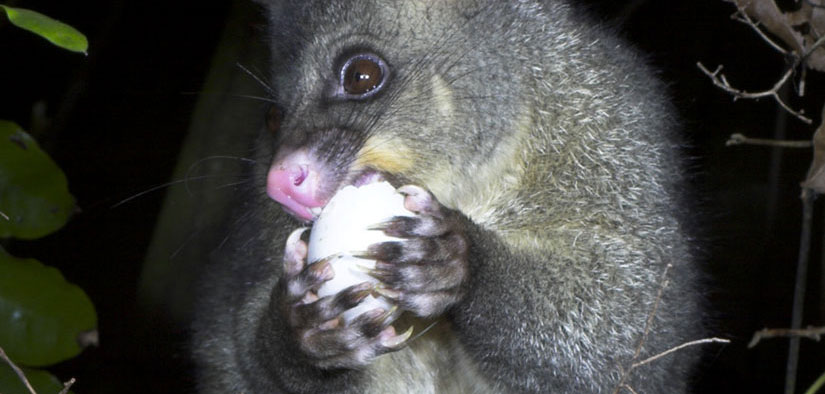
The Government has plans to make New Zealand predator free by 2050.
It will set up a new public-private partnership company by 2017 to help fund large-scale predator eradication programmes.
Predator Free New Zealand Limited will have a board of directors made up of government, private sector, and scientific players. The board’s job will be to work on regional projects with iwi and community conservation groups and attract $2 of private sector and local government funding for every $1 of government funding.
The Biological Heritage National Science Challenge will have an important role in achieving the predator free goal, as not all the technology to get rid of possums, rats and stoats exists.
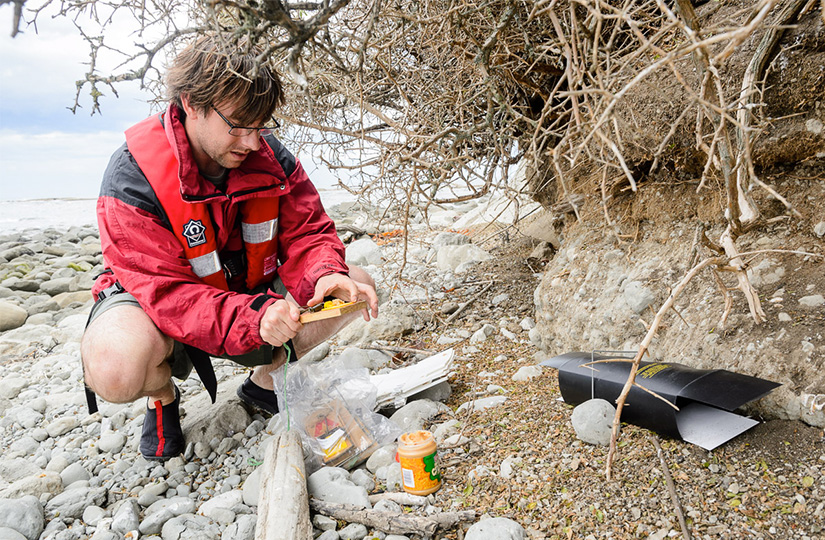
Half the island groups of the Hauraki Gulf are now free of invasive mammals, and success at intercepting hitch-hiking or swimming reinvaders is close to 100%.
... READ FEATURE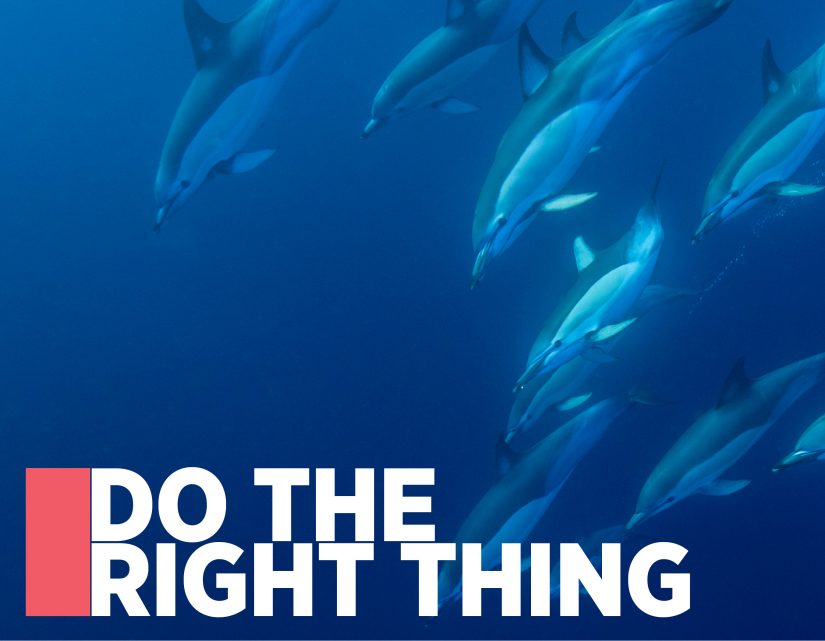
The 2016 Hauraki Gulf Marine Park Seminar asks what it takes to Do The Right Thing
The Hauraki Gulf Forum has assembled an outstanding line-up of speakers for its seventh annual seminar on Tuesday, September 13 at Auckland Museum.
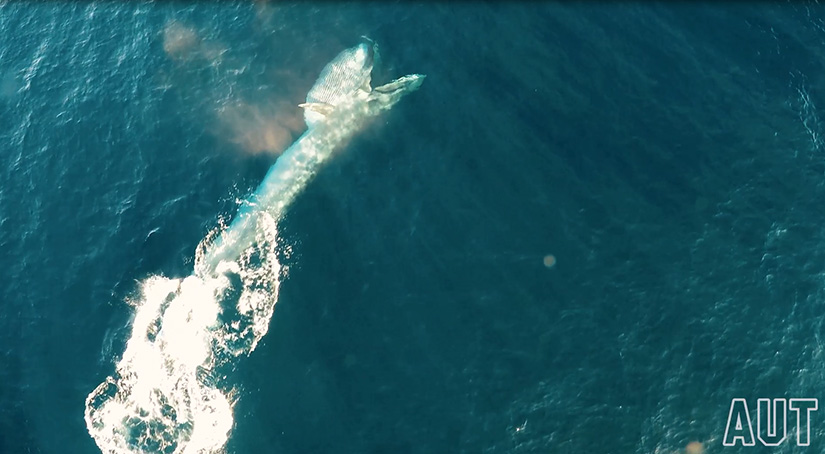
Auckland University of Technology researchers have used drones to capture footage of whales feeding in the Gulf.
Post-graduate students Ticiana Fetterman and Lorenzo Fiori used a custom-built multi-rotor drone to film a Bryde’s whale lunging after prey, accompanied by a young calf.
Dr Barbara Bollard Breen, the students’ supervisor, says “drones could be a useful addition to boat surveys, for scientists who are studying the foraging behaviour of this critically threatened species.”
Around 50 Bryde’s whales are resident in the Gulf.
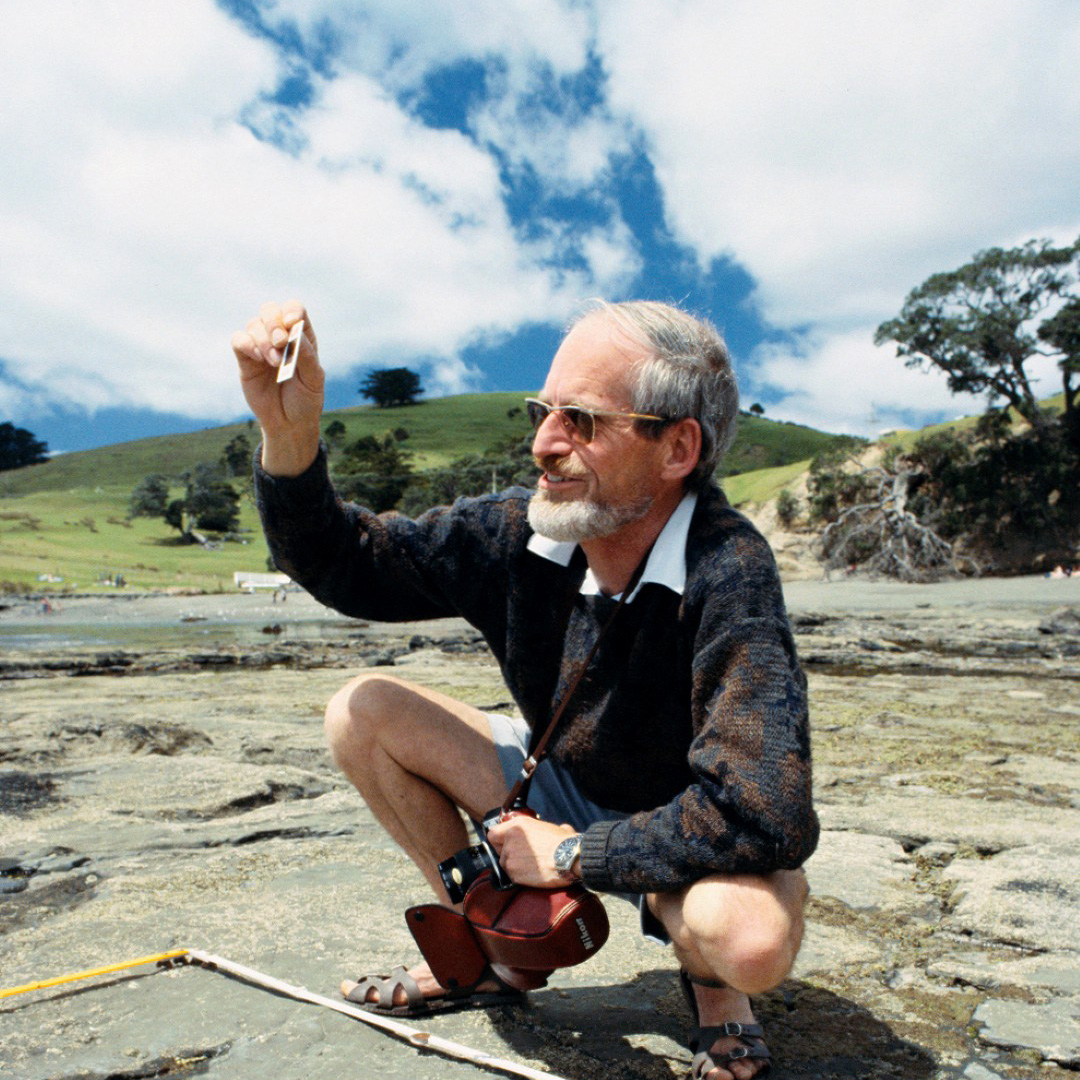
Colleague and friend John Walsby reflects on Bill Ballantine’s “cussed” quality
... READ FEATURE
Snapper longline fishers in northern New Zealand want to show the public that their operations are not putting seabirds at risk and have recently taken part in the trial of on-board cameras, which they hope will help them prove this.
A recent trial on a vessel that fishes for Aotearoa Fisheries found that cameras can detect around 90% of seabirds caught on snapper longline hooks.
The video trial, which used woven flax seabirds attached to the fishing line, was funded by Department of Conservation.
The Black Petrel Working Group, facilitated by Southern Seabirds Solutions Trust, is developing a proposal for Government to enable the trial to be expanded to a larger pilot programme.

Monitoring at Goat Island Marine Reserve shows that numbers of crayfish and snapper are now lower than when the reserve was established in 1975.
Following the creation of the reserve, numbers of crayfish recovered quickly, increasing four-fold in number by the 1990s with snapper also becoming bigger and more common.
Leigh Marine Laboratory’s Dr Nick Shears attributed the decline to fishing on the reserve boundaries and the state of the wider fishery and said the pattern is similar at marine reserves at Tawharanui and Hahei.
He said that the reserve boundaries needed to be extended seaward to protect resident animals and to safeguard the scientific and recreational values of the marine reserves.

Marine conservation pioneer Dr Bill Ballantine passed away in November.
Forum Chairman John Tregidga said “Bill was instrumental in creating our marine reserves legislation and one of the world’s first marine reserves at Leigh, where he lived, despite considerable opposition at the time. His legacy is
a much greater understanding and appreciation of the importance, functioning and vulnerability of
our marine environment.”
He attended the announcement of the Kermadec Sanctuary and the Hauraki Gulf Marine Park Seminar in the weeks prior to his death. He was 78.
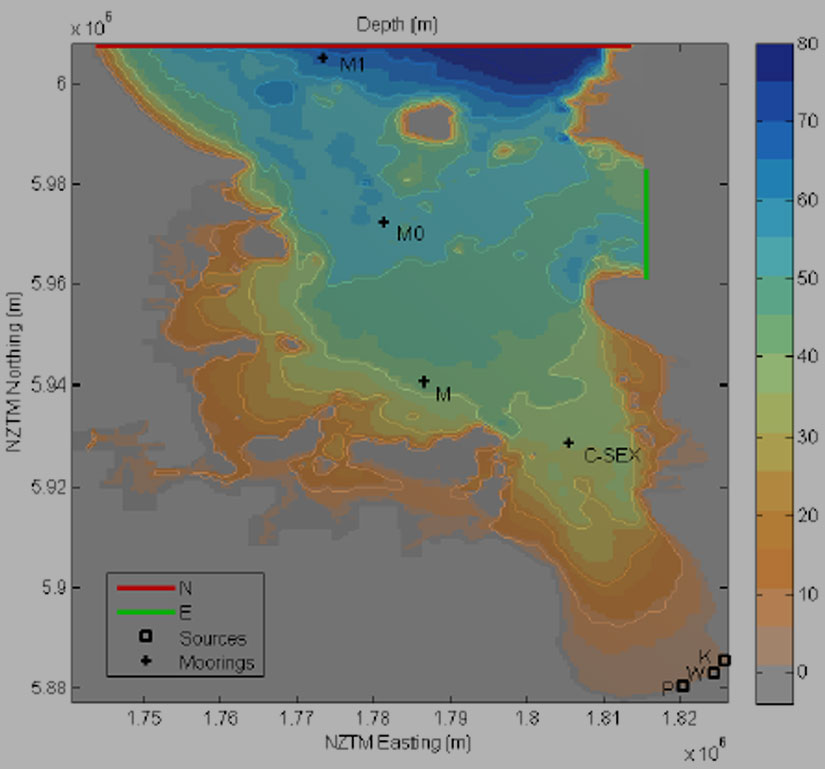
Water quality and ecosystem health in the Firth of Thames is examined in a new report commissioned by Waikato Regional Council and Dairy NZ.
The NIWA report concludes that the Firth has shifted trophic state – from oligotrophic to mesotrophic – since deforestation of the Coromandel ranges and drainage of the Hauraki Plains over the last century and a half and is vulnerable to nutrient enrichment.
Riverine nitrogen inputs are stable or have increased slowly over the past 20 years, but measurements of dissolved inorganic nitrogen in the middle of the Gulf have increased by 5.1 percent per year over the same period, suggesting changes to inputs or nitrogen cycling in the system.
Mud flats are extending ten times faster than other North Island estuaries. About 40 percent of the sediment is from rivers; the rest re-deposited sediment created by historical disturbance.
The report, and new research and monitoring resulting from it, will help inform proposed plan changes over the next few years.